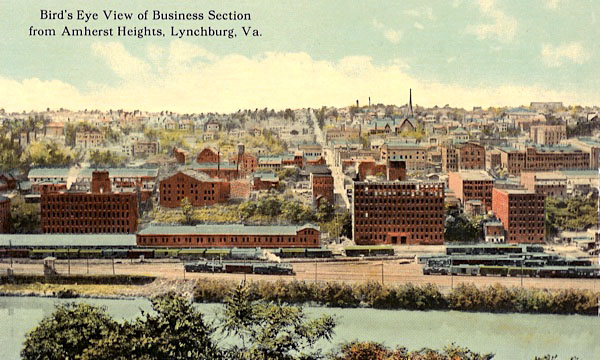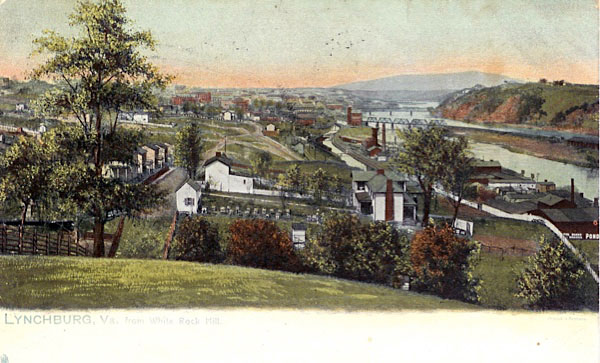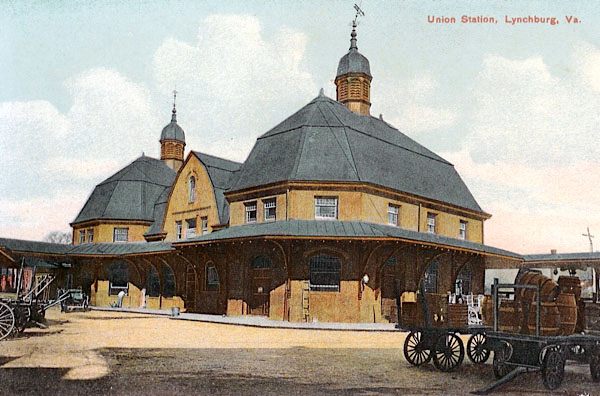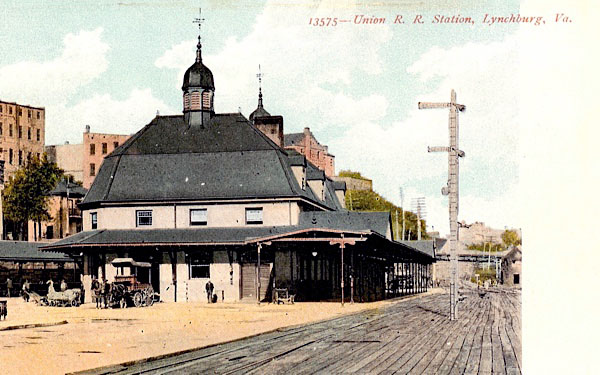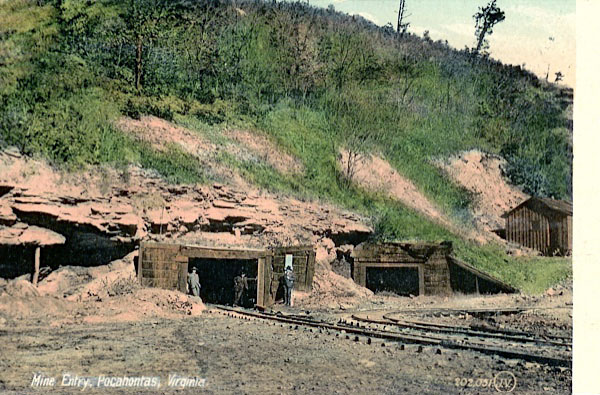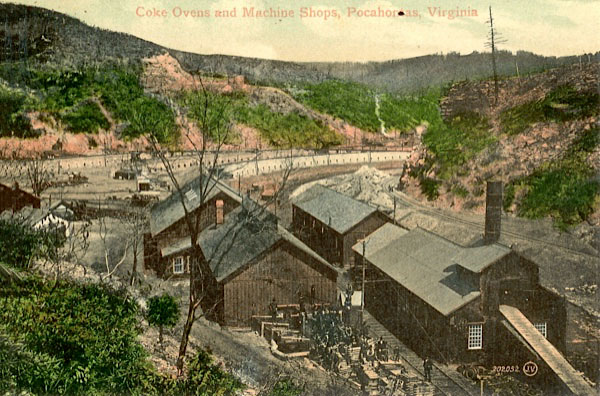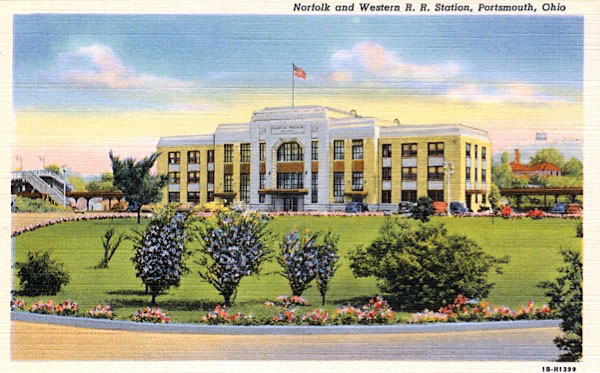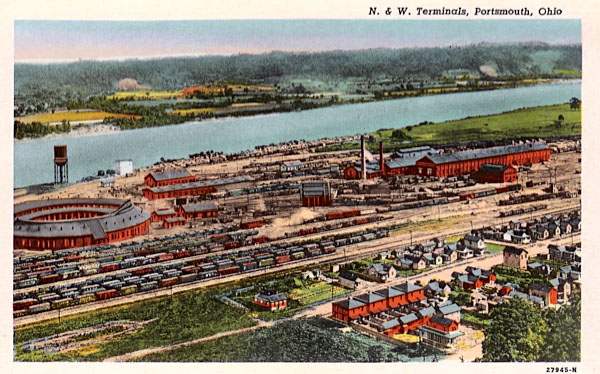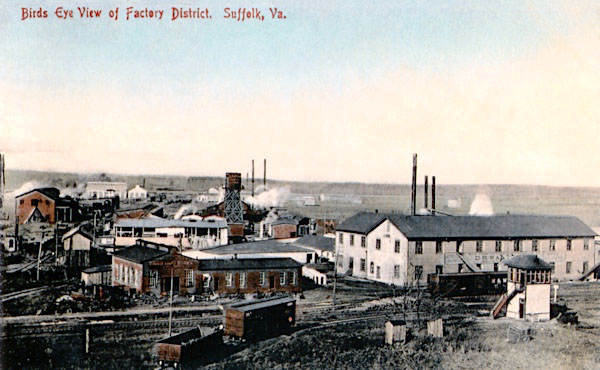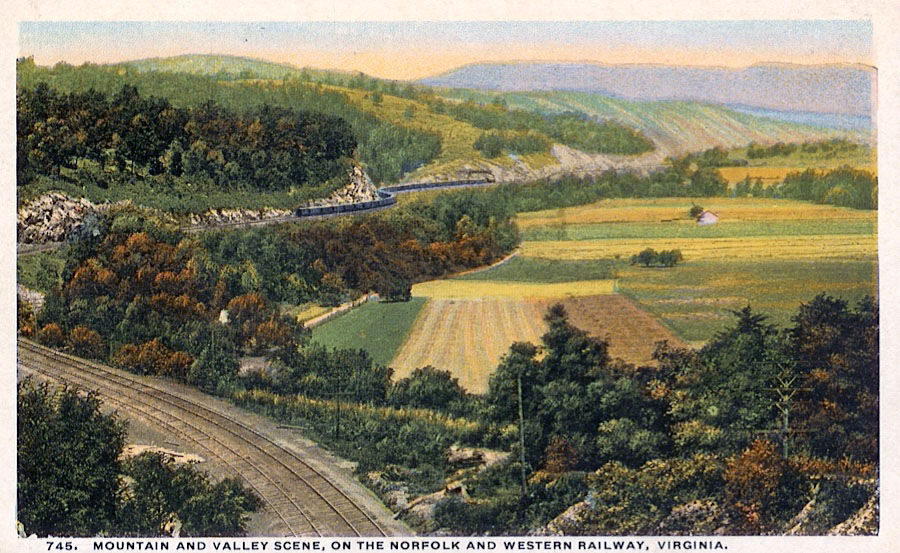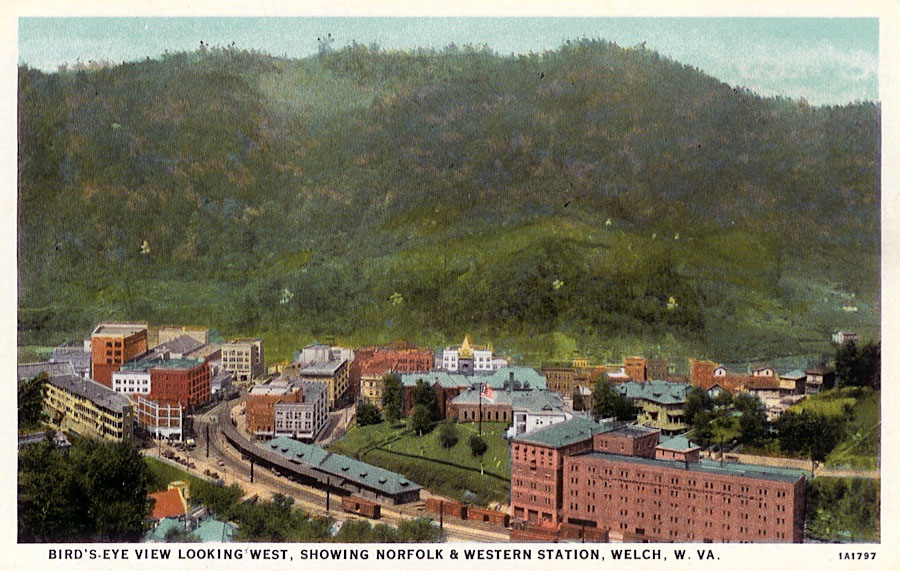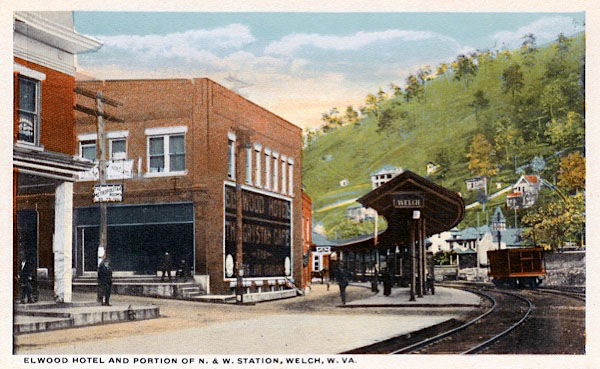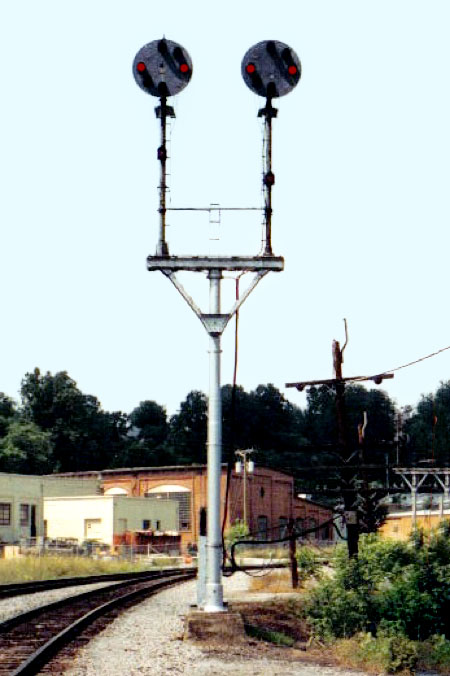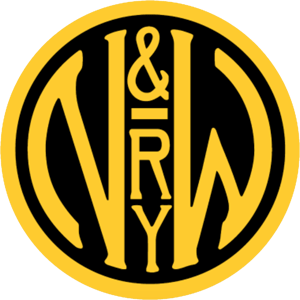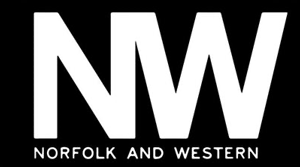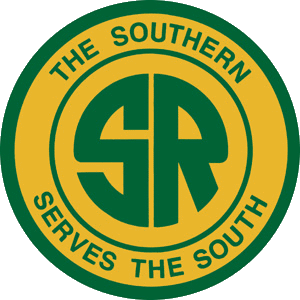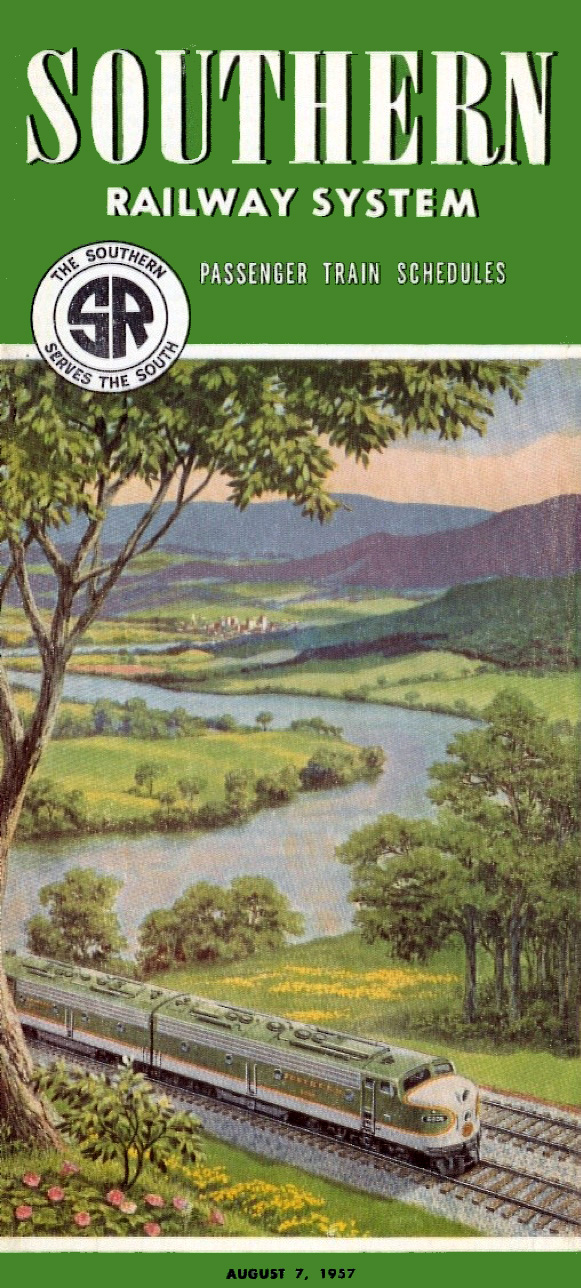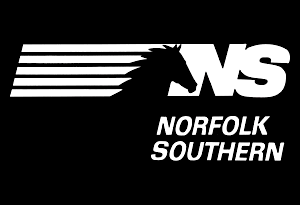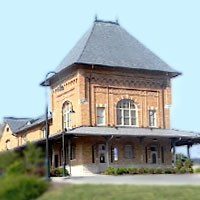 |
Norfolk & Western Railway Stations and Locations |

Bristol, Va / Dec 2016 / RWH
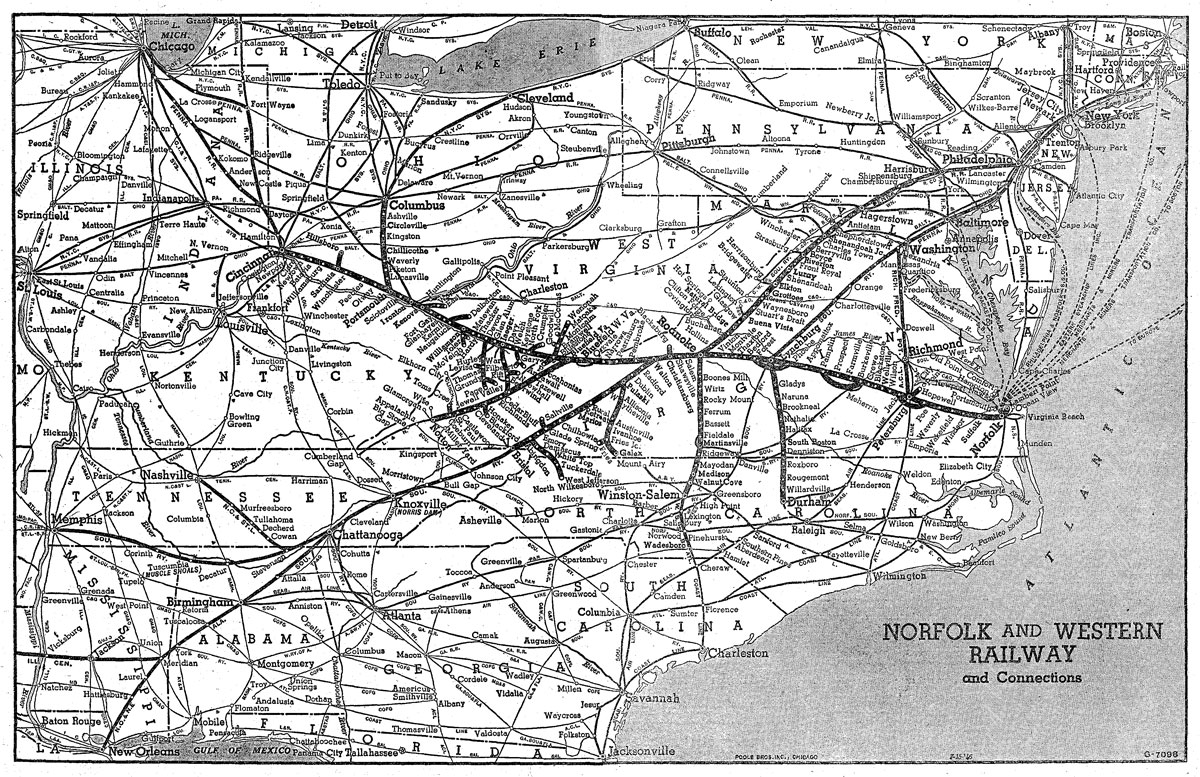
1948 Official Guide map / collection

postcard / Reisweber collection

postcard / Reisweber collection
 Bristol, Tn/Va
Bristol, Tn/Va
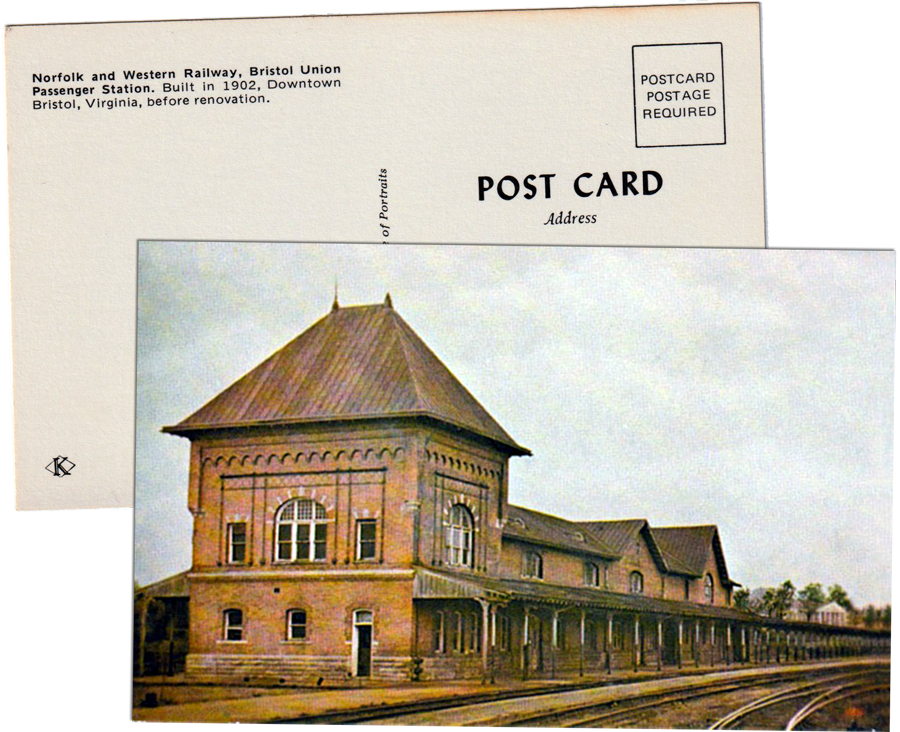
postcard / collection
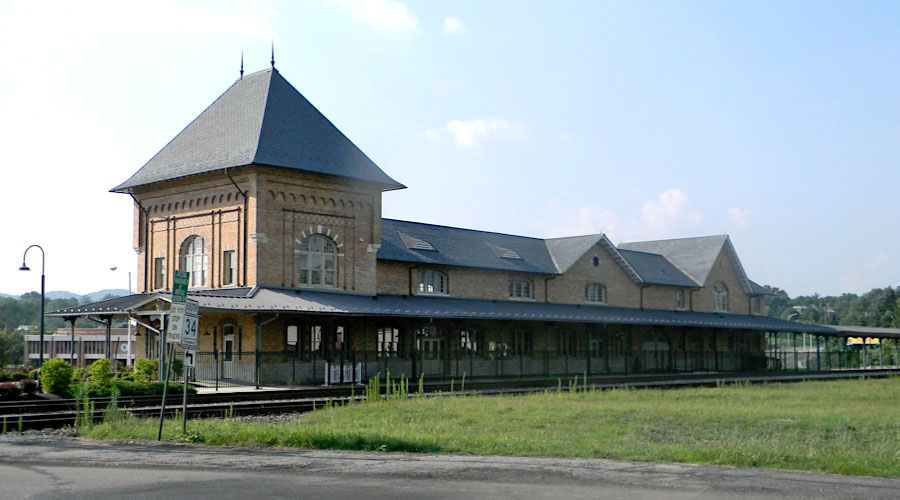
Bristol, Va / Jul 2011 / RWH
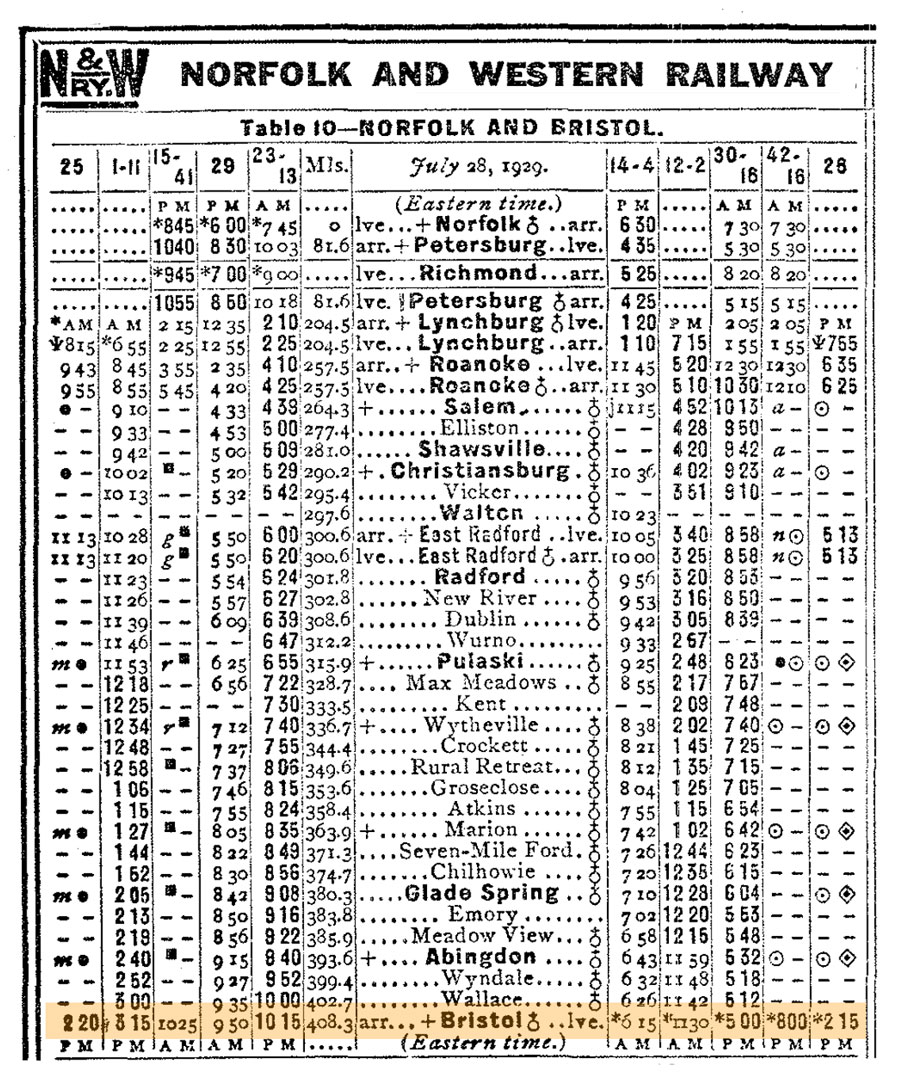
1930 Official Guide / collection
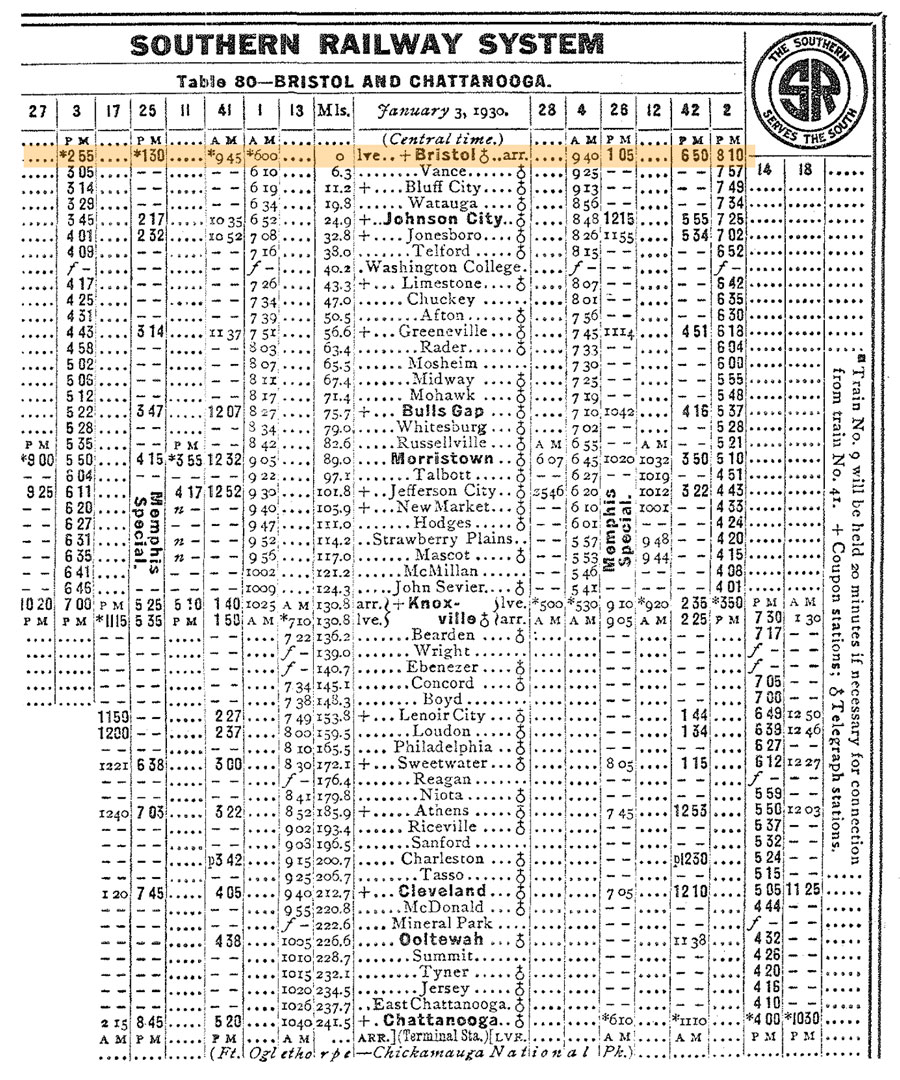
1930 Official Guide / collection
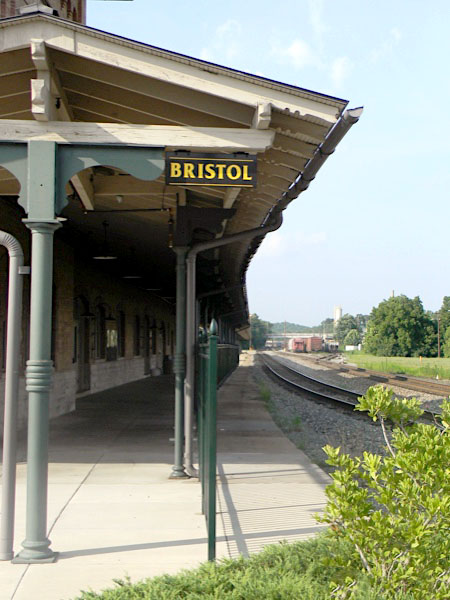
Jul 2011 / RWH
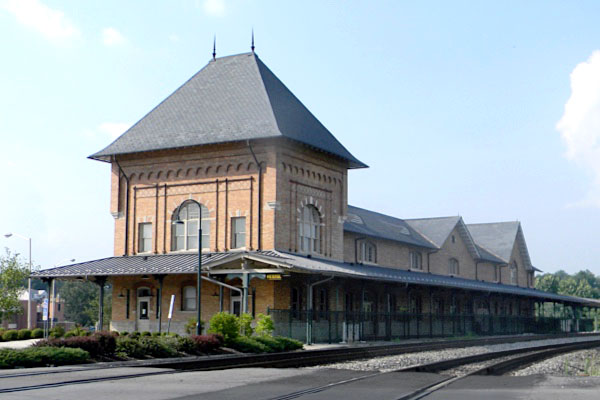
Bristol, Va / Jul 2011 / RWH
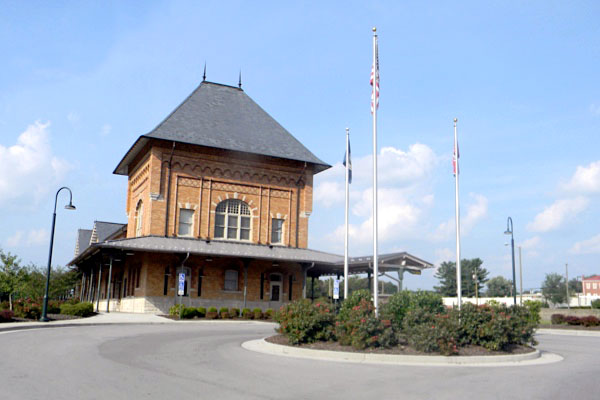
Bristol, Va / Jul 2011 / RWH
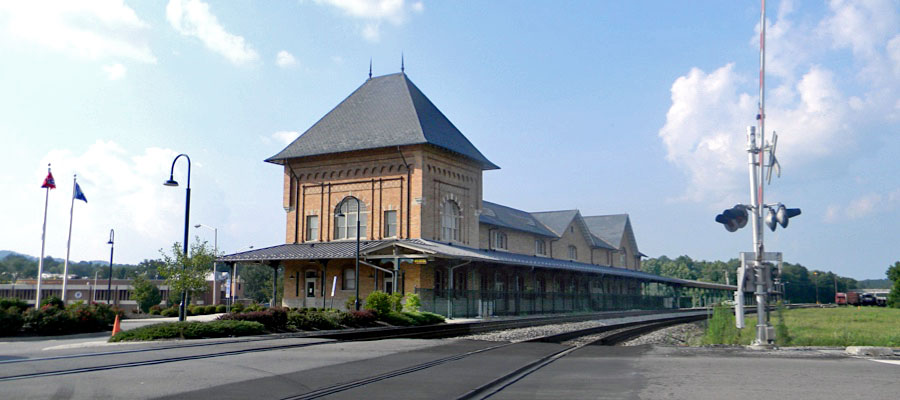
Bristol, Va / Jul 2011 / RWH

Click to see the Bristol Union Train Station area plotted on a Google Maps page
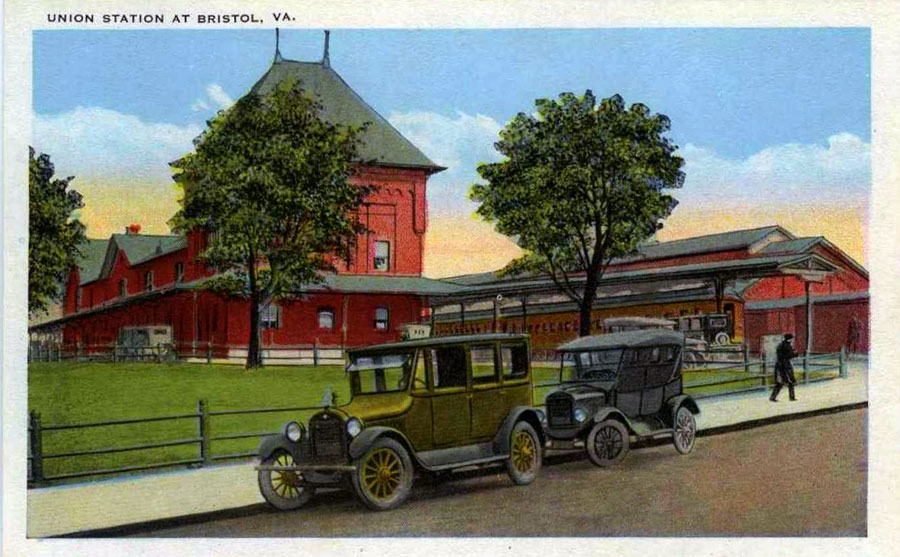 Built in 1902, the Bristol station was served by passenger trains until 1971. It was listed on the National Register of Historic Places as Bristol Railroad Station in 1980. Rail service first reached Bristol in 1856. A new station was built in 1902 by the Norfolk and Western Railway at a cost of $79,000 (equivalent to $2,470,000 in 2021). It is a one- to two-story brick building consisting of a tower section; a long seven-bay, one-story midsection; and a six-bay, two-story east end. The tower has a hipped roof with deep overhanging eaves supported by long sawn brackets. Stylistically, the station fits into the pattern of early 20th-century American eclecticism, combining Romanesque with various European vernacular modes. Associated with the station is a brick freight house constructed in 1883 and expanded in 1891.
Built in 1902, the Bristol station was served by passenger trains until 1971. It was listed on the National Register of Historic Places as Bristol Railroad Station in 1980. Rail service first reached Bristol in 1856. A new station was built in 1902 by the Norfolk and Western Railway at a cost of $79,000 (equivalent to $2,470,000 in 2021). It is a one- to two-story brick building consisting of a tower section; a long seven-bay, one-story midsection; and a six-bay, two-story east end. The tower has a hipped roof with deep overhanging eaves supported by long sawn brackets. Stylistically, the station fits into the pattern of early 20th-century American eclecticism, combining Romanesque with various European vernacular modes. Associated with the station is a brick freight house constructed in 1883 and expanded in 1891.
Passenger service to Bristol station ended with the discontinuance of the Birmingham Special on April 30, 1971, when Amtrak assumed control for intercity passenger service in the United States. The station was listed on the National Register of Historic Places in 1980 as the Bristol Railroad Station. Around 2017, with Amtrak extending one daily Northeast Regional round trip to Roanoke, Bristol officials began advocating for a further extension to Bristol.
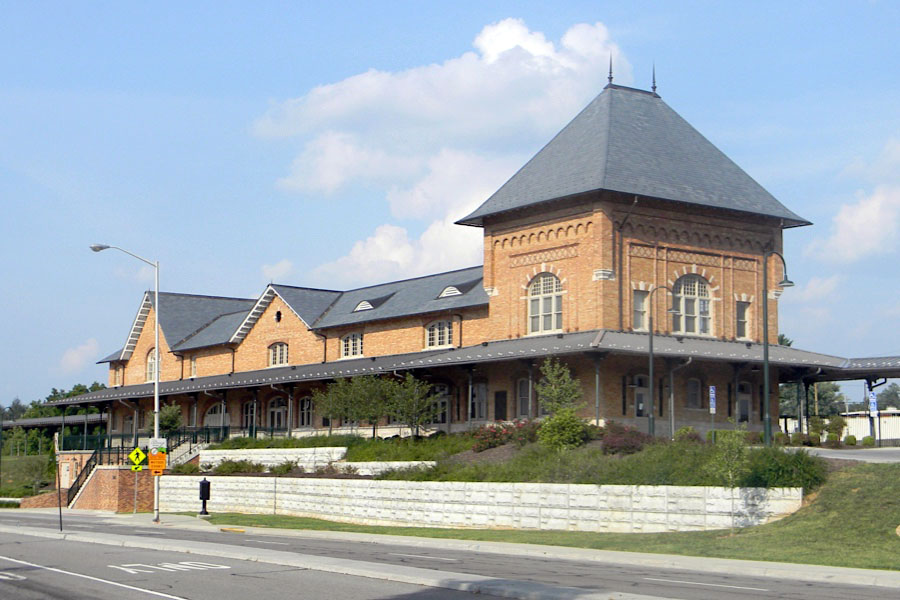
Bristol, Va / Jul 2011 / RWH

collection
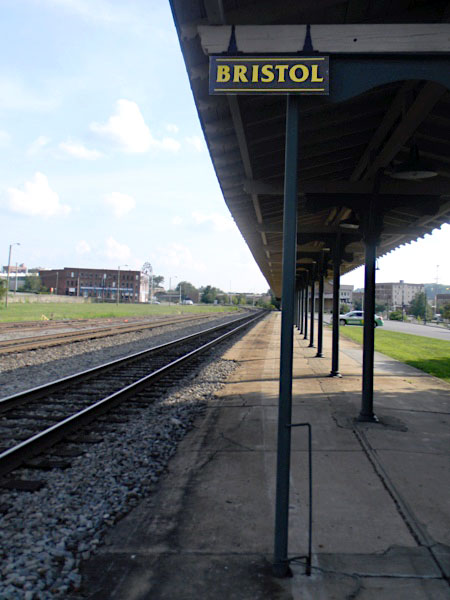
Jul 2011 / RWH

Bristol, Va / Jul 2011 / RWH
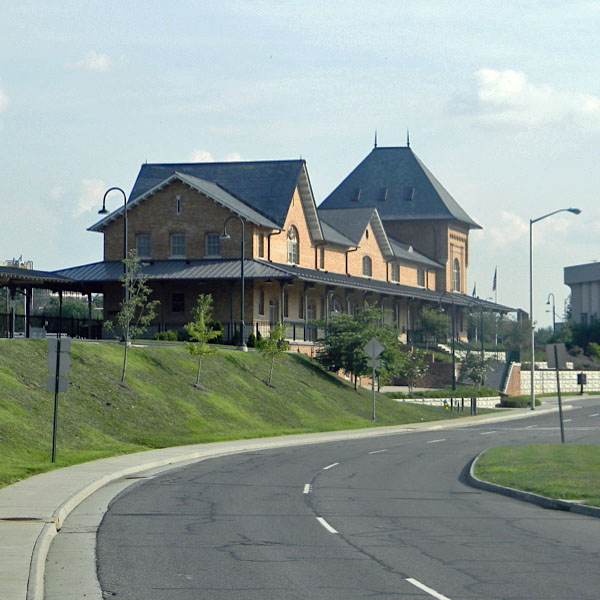
Bristol, Va / Jul 2011 / RWH

Bristol, Va / Jun 1995 / JCH
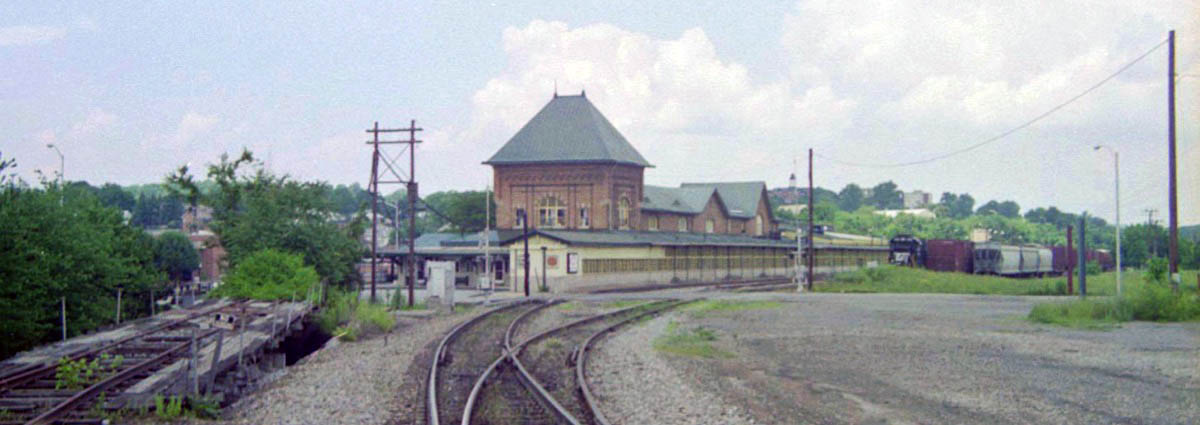
Bristol, Va / Jun 1995 / JCH

Jun 1995 / JCH
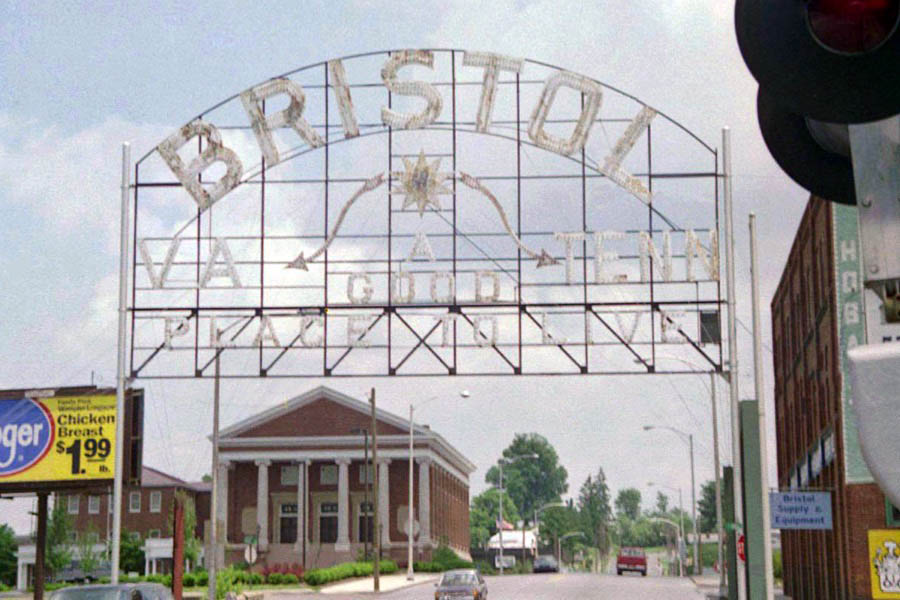
Bristol, Va / Jun 1995 / JCH

Bristol, Va / Jun 1995 / JCH
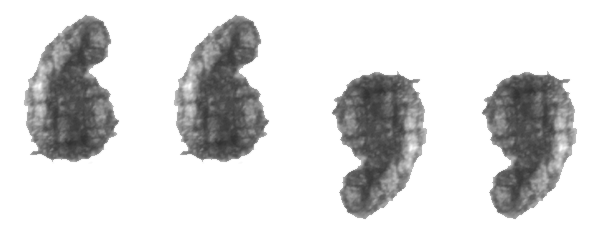
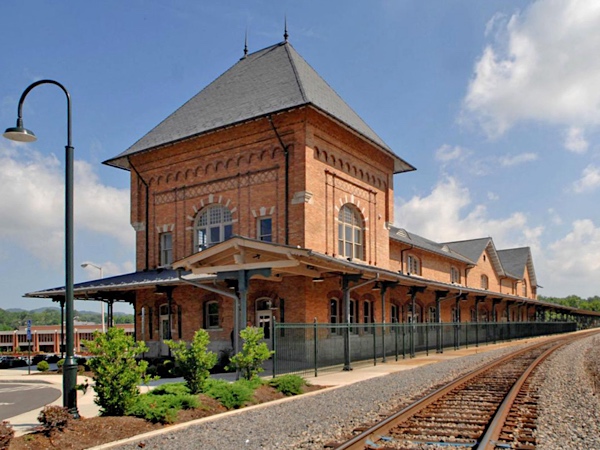
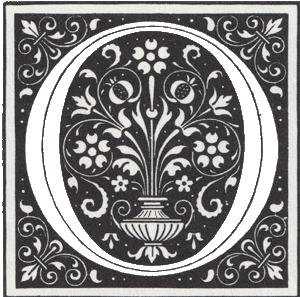 ccupying a conspicuous location on the edge of Bristol’s commercial district, the Bristol Railroad Station, originally known as the Bristol Union Railway Station, was constructed in 1902. The stone-and-brick structure is one of the last surviving examples of a series of depots built before World War I by Norfolk and Western Railway workers for the company’s rapidly expanding system. The contractor was John Pettyjohn of Lynchburg; George Pettyjohn, his brother, was supervisor of construction. Successfully blending Romanesque and European vernacular idioms, the building, with its authoritative hipped-roof end pavilion, exhibits a degree of architectural sophistication rarely found in the passenger stations of other medium-size Virginia cities. The station stood unoccupied for several years after the termination of passenger service and was converted to a shopping mall in the 1980s. After a successful rehabilitation, the building now serves as a meeting place for local organizations and event center.
ccupying a conspicuous location on the edge of Bristol’s commercial district, the Bristol Railroad Station, originally known as the Bristol Union Railway Station, was constructed in 1902. The stone-and-brick structure is one of the last surviving examples of a series of depots built before World War I by Norfolk and Western Railway workers for the company’s rapidly expanding system. The contractor was John Pettyjohn of Lynchburg; George Pettyjohn, his brother, was supervisor of construction. Successfully blending Romanesque and European vernacular idioms, the building, with its authoritative hipped-roof end pavilion, exhibits a degree of architectural sophistication rarely found in the passenger stations of other medium-size Virginia cities. The station stood unoccupied for several years after the termination of passenger service and was converted to a shopping mall in the 1980s. After a successful rehabilitation, the building now serves as a meeting place for local organizations and event center.
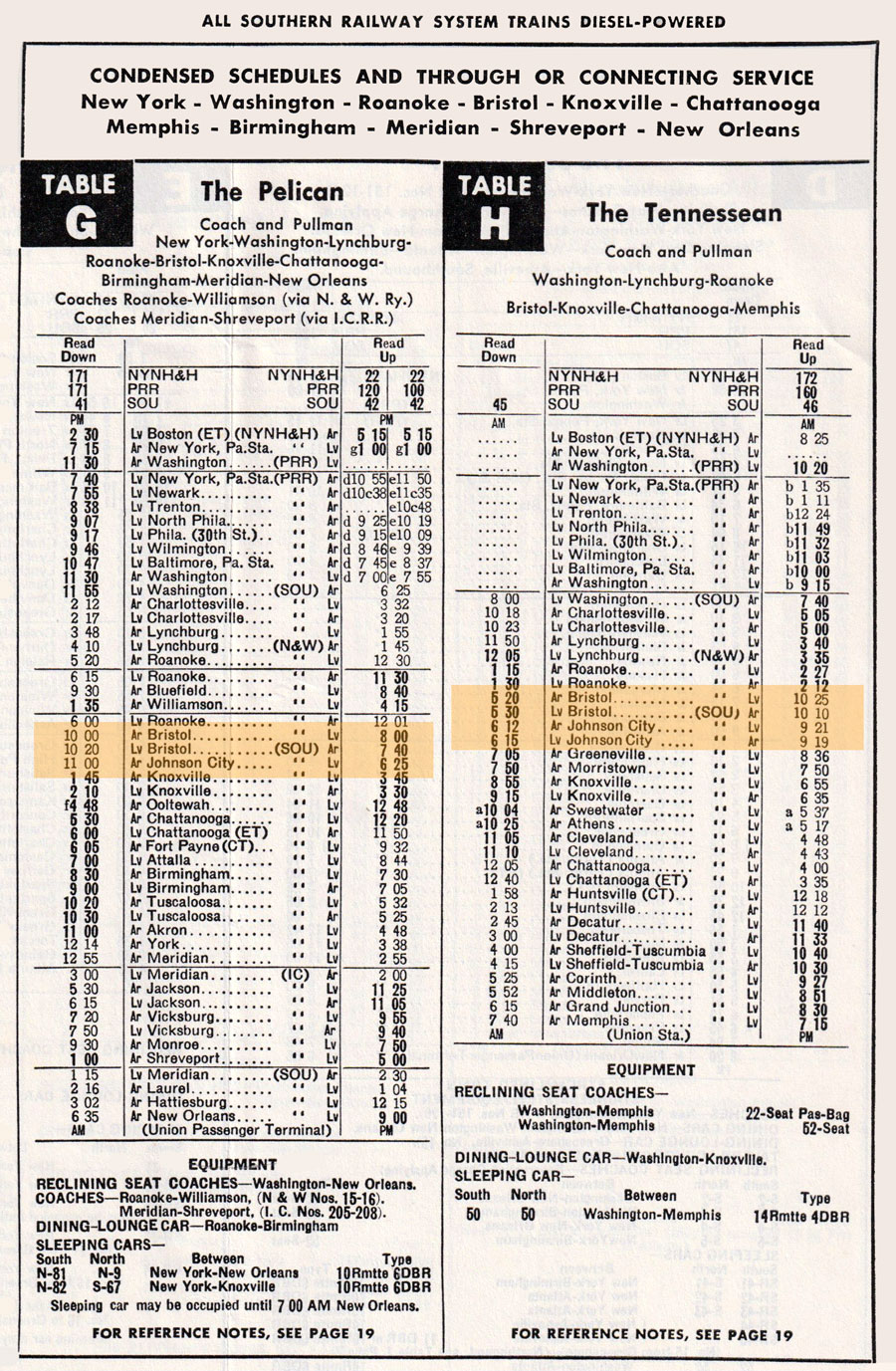
1959 Southern Railway timetable / collection
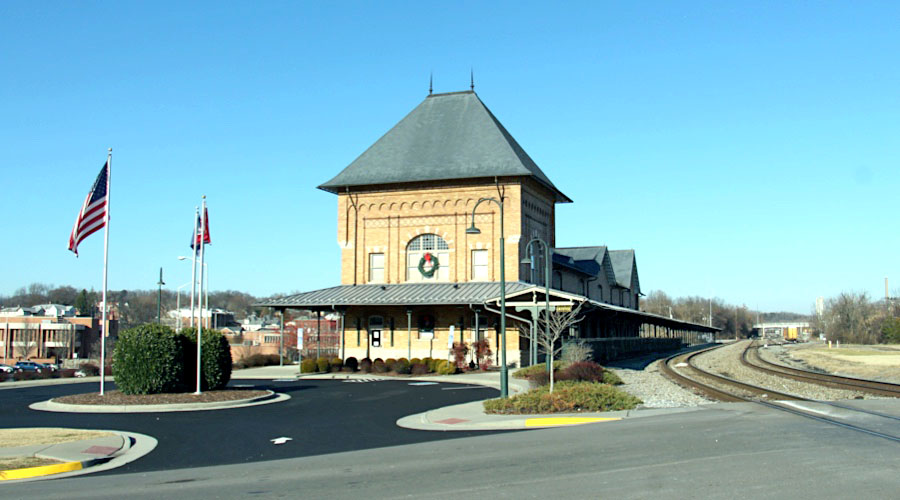
Bristol, Va / Dec 2016 / RWH

Jul 2011 / RWH
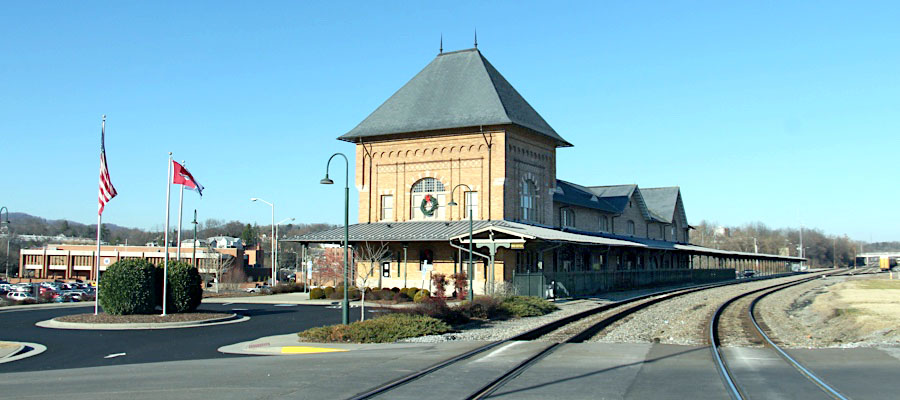
Bristol, Va / Dec 2016 / RWH
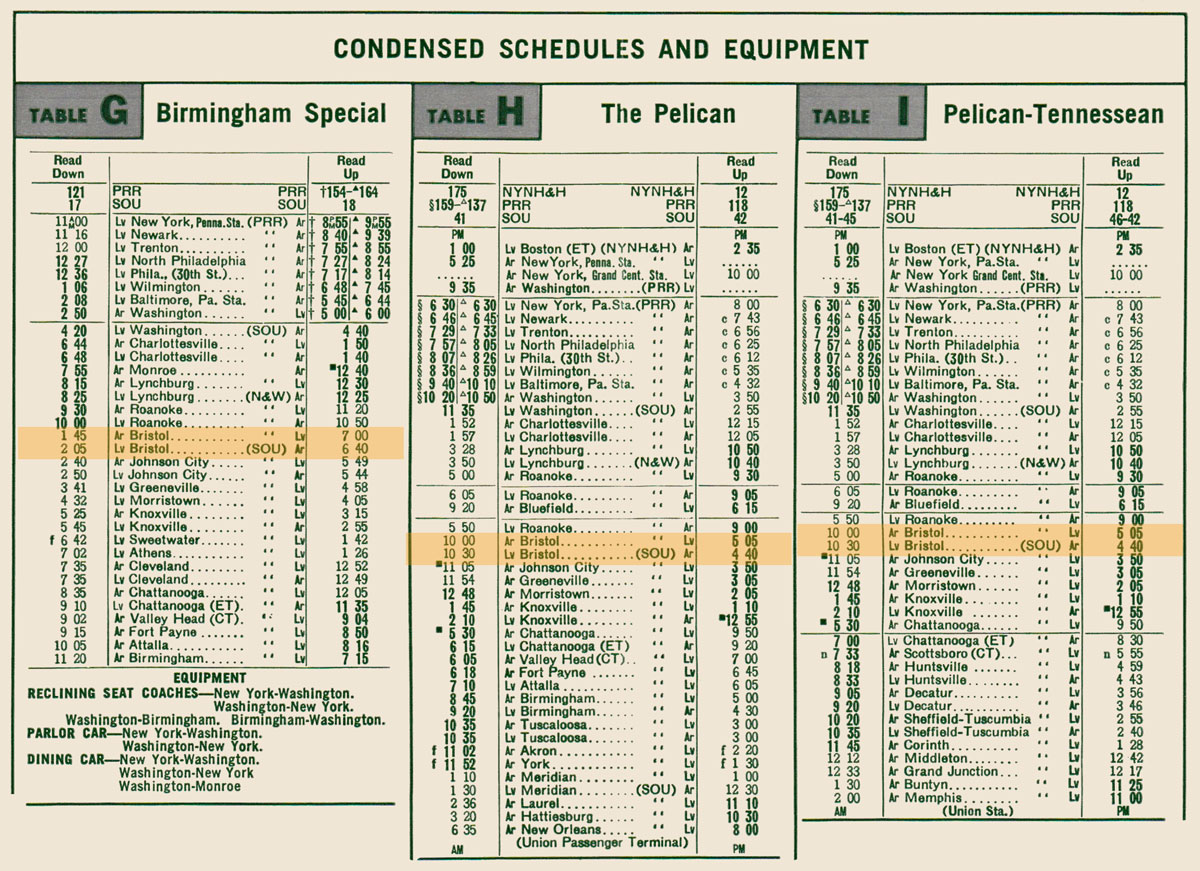
1967 SOU timetable / collection
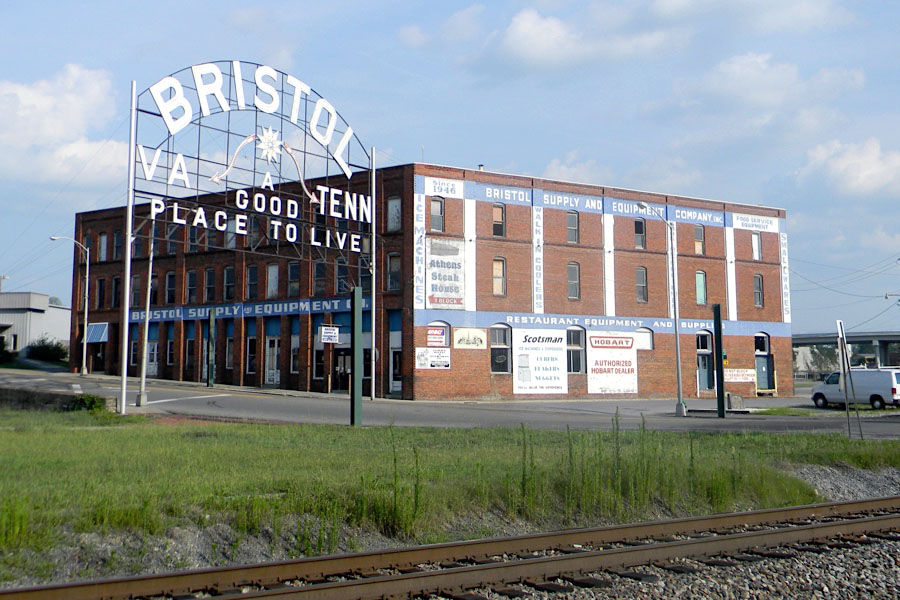
Bristol, Va / Jul 2011 / RWH
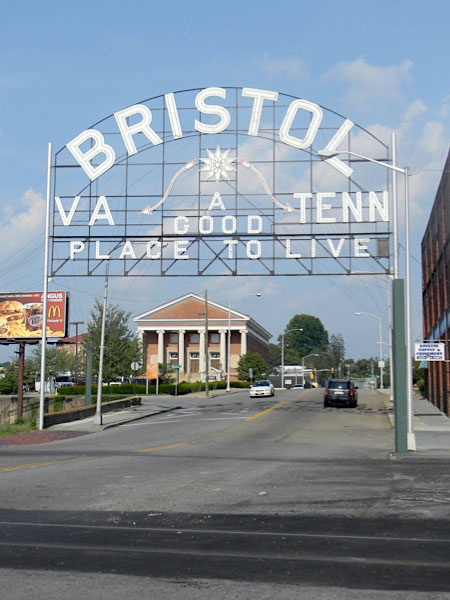
Jul 2011 / RWH

Bristol, Va / Dec 2016 / RWH
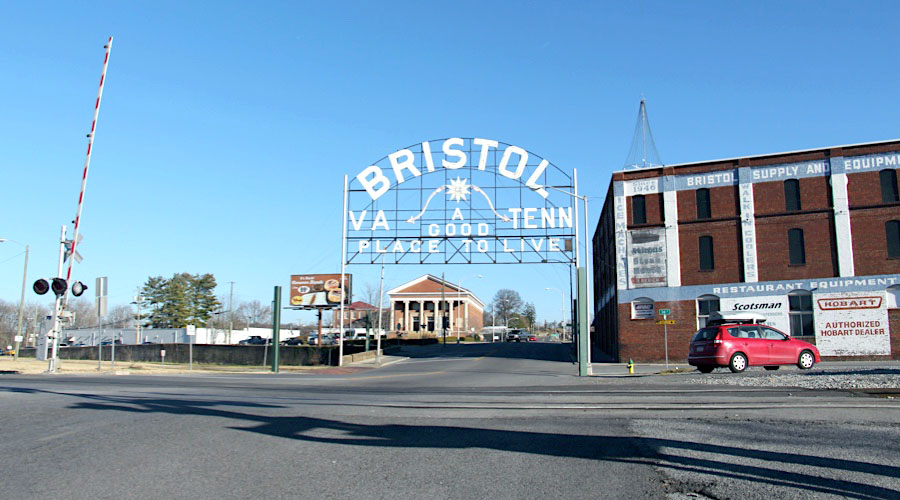
Bristol, Va / Dec 2016 / RWH

Dec 2016 / RWH

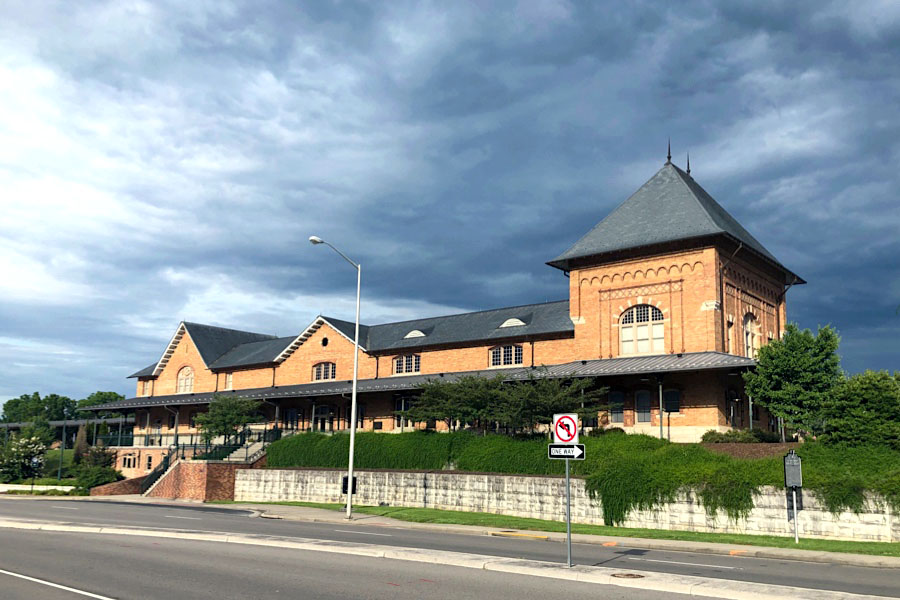 I attended the wonderful King College in Bristol, Tennessee, in the early 1990s.
In addition to the superb liberal arts education, I was exposed to the twin cities of Bristol: the major railroad junction, joining the Southern Railway and Norfolk & Western mainlines between northeast and the Deep South. It was always a treat to hitch a ride from campus into town, hoping to see some Norfolk Southern action crossing State Street (and therefore the TN/VA state line) and moving through the yard. More than once, I caught some six-axle power switching some of the few remaning line side industries in town. Despite the Class 1 action, the Bristol of my undergraduate years paled in comparison to the Bristol of the NW and SOU in their heyday, when at least three major interstate passenger trains a day called on the handsome Union Station (not to mention the locals, etc.).
I attended the wonderful King College in Bristol, Tennessee, in the early 1990s.
In addition to the superb liberal arts education, I was exposed to the twin cities of Bristol: the major railroad junction, joining the Southern Railway and Norfolk & Western mainlines between northeast and the Deep South. It was always a treat to hitch a ride from campus into town, hoping to see some Norfolk Southern action crossing State Street (and therefore the TN/VA state line) and moving through the yard. More than once, I caught some six-axle power switching some of the few remaning line side industries in town. Despite the Class 1 action, the Bristol of my undergraduate years paled in comparison to the Bristol of the NW and SOU in their heyday, when at least three major interstate passenger trains a day called on the handsome Union Station (not to mention the locals, etc.).
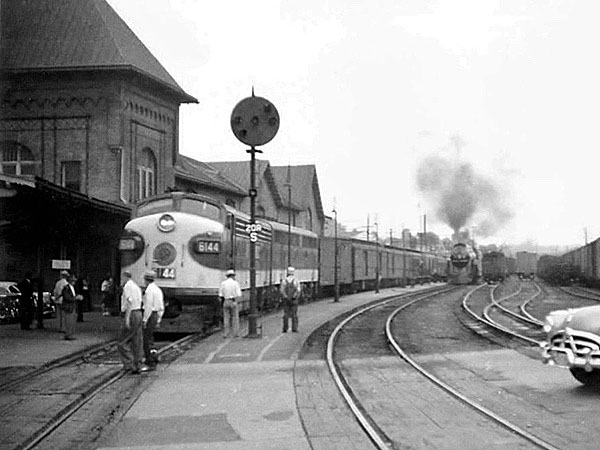 My history professor at King — the late Dr. Bill Wade, himself a KC alum — told me stories from his student years about catching at the Bristol station the southbound Tennessean and riding it home to Memphis for midyear breaks. Even if I could not see that fine train for myself, I could imagine in my mind while visiting the depot one of the mighty N&W Class Js pulling off the southbound Tennessean and replaced with a set of shiny new Southern cab units. Dr. Wade always smiled broadly when remembering the Tennessean. I smiled, too, when during my undergrad years it was announced that the station would undergo a complete renovation in the years to come.
My history professor at King — the late Dr. Bill Wade, himself a KC alum — told me stories from his student years about catching at the Bristol station the southbound Tennessean and riding it home to Memphis for midyear breaks. Even if I could not see that fine train for myself, I could imagine in my mind while visiting the depot one of the mighty N&W Class Js pulling off the southbound Tennessean and replaced with a set of shiny new Southern cab units. Dr. Wade always smiled broadly when remembering the Tennessean. I smiled, too, when during my undergrad years it was announced that the station would undergo a complete renovation in the years to come.
Meanwhile, in the fall of 1993, in the last days of the Norfolk Southern's steam excursion program of that era, I had the delight to see Class J #611 as it tied up overnight in the Bristol yard, together with my old friend Southern #4501. The next morning, borrowing my future brother-in-law's station wagon, I hurriedly chased the J north out of town as far as I could before her track speed meant I could no longer keep up on the Virginia back roads. That was the first time I had ever seen the streamlined Queen in person, and I was hooked.
Bristol was, indeed, "a good place to live."
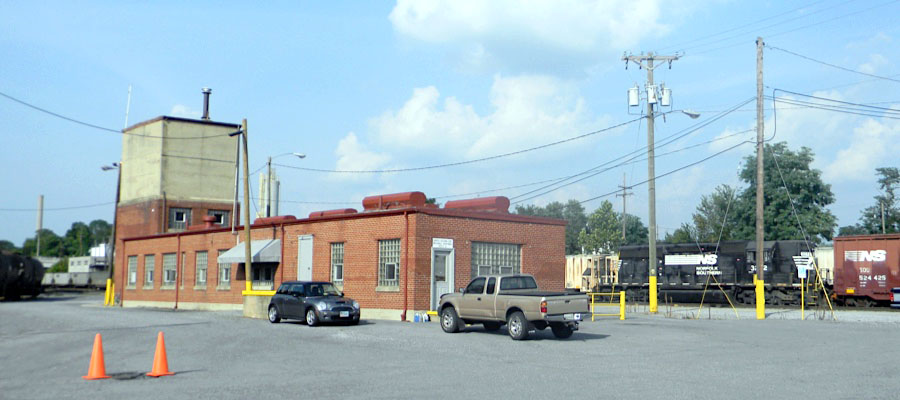
Bristol, Va / Jul 2011 / RWH
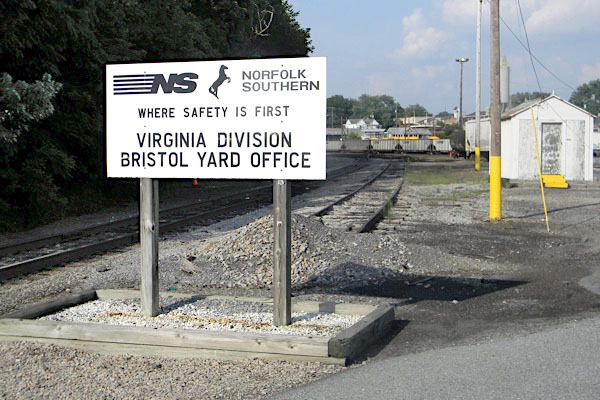
Jul 2011 / RWH
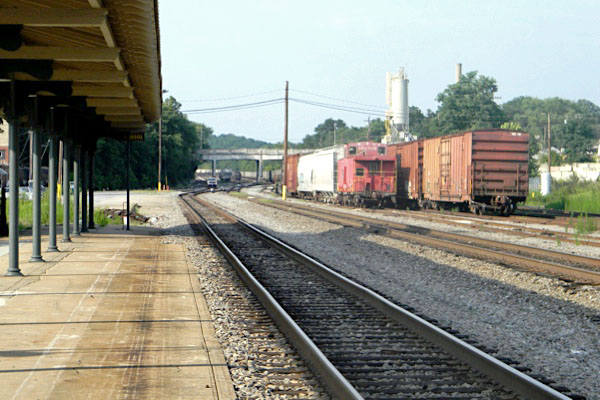
Jul 2011 / RWH
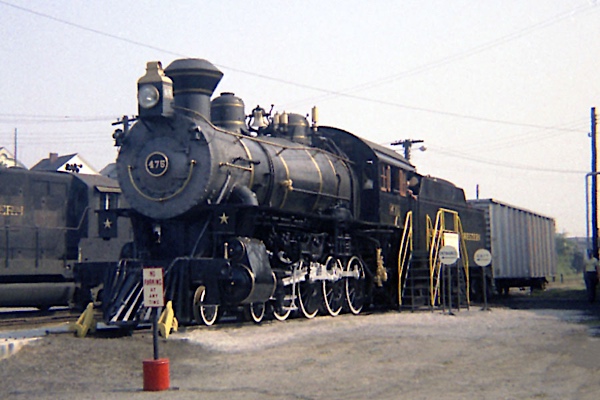
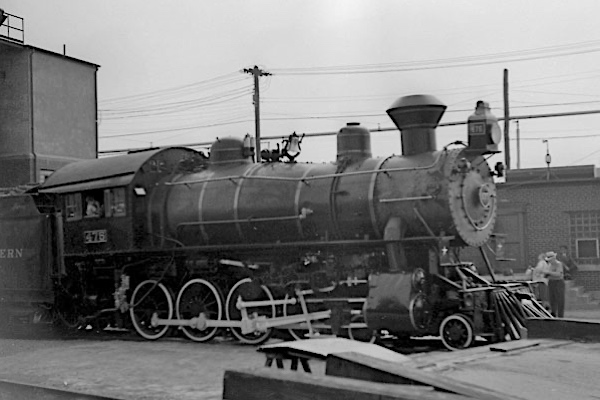


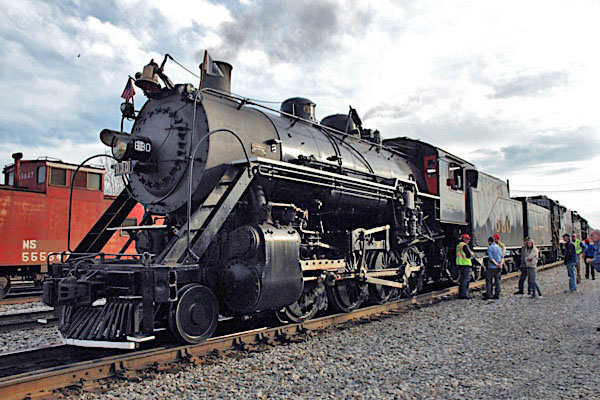

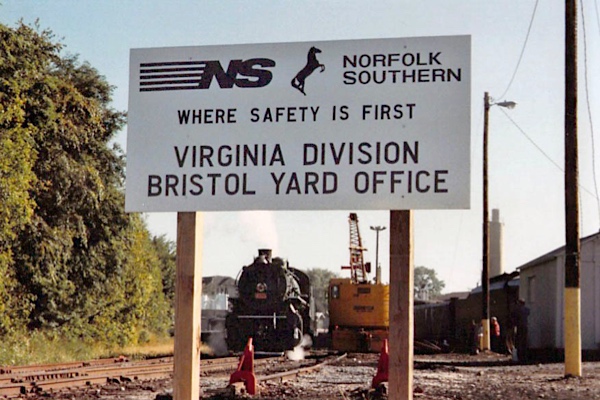
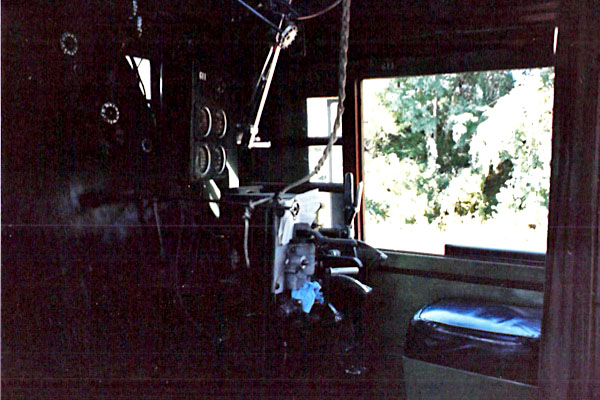

Bristol, Va / various / JCH and RWH

See also these scrapbooks with photos taken in Bristol:
- 1960 National Railway Historical Society Convention in Preservation
- Norfolk & Western #611 featured steamer scrapbook in Steam
- Southern Railway #630 featured steamer scrapbook in Steam
- Southern Railway #4501 featured steamer scrapbook in Steam
- Southern Railway Excursion Motive Power scrapbook in Mainlines
 Abingdon, Va
Abingdon, Va

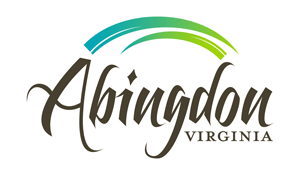
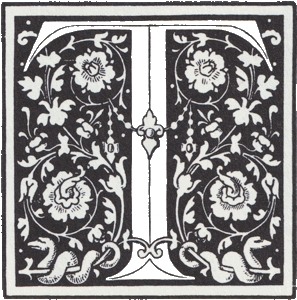 he site of present-day Abingdon is located on a well-traveled wilderness route called the Great Road, which many pioneers traveled through the Blue Ridge Mountains on the way to settle the new American frontier. In 1748-1750, the land was surveyed by Dr. Thomas Walker, who would later be partners with Peter Jefferson – father of Thomas Jefferson – in the Loyal Land Company. According to local legend, the area was named Wolf Hills by Daniel Boone in 1760 after his dogs were attacked by a pack of wolves.
he site of present-day Abingdon is located on a well-traveled wilderness route called the Great Road, which many pioneers traveled through the Blue Ridge Mountains on the way to settle the new American frontier. In 1748-1750, the land was surveyed by Dr. Thomas Walker, who would later be partners with Peter Jefferson – father of Thomas Jefferson – in the Loyal Land Company. According to local legend, the area was named Wolf Hills by Daniel Boone in 1760 after his dogs were attacked by a pack of wolves.
The Town of Abingdon was established by an act of the Assembly of Virginia in 1778. Two short years later, Abingdon played a role in helping the young nation gain its independence. Patriots from Virginia and North Carolina gathered at the Muster Grounds to begin a 300-mile march to Kings Mountain, South Carolina. The ensuing battle was a turning point in the Revolutionary War.
In 1860, Martha Washington College opened in a former private residence in Abingdon. The college closed in 1932, but the grand building affectionately known as “The Martha” re-opened as a hotel in 1935.

1930 Official Guide / collection
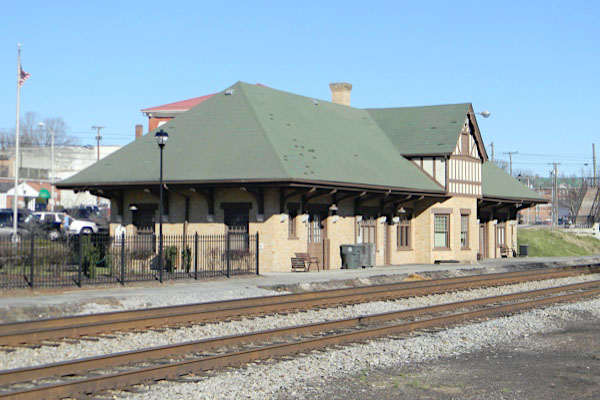
Abingdon, Va / Nov 2011 / RWH
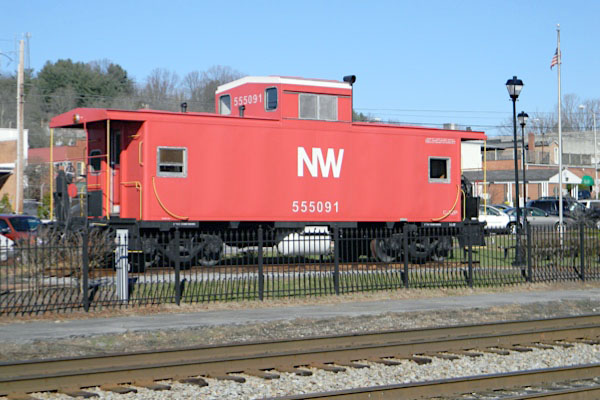
Abingdon, Va / Nov 2011 / RWH
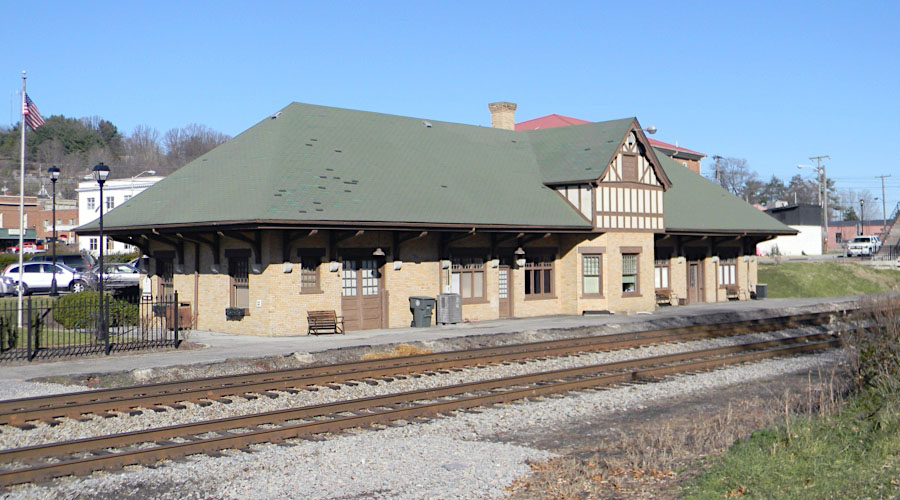
Abingdon, Va / Nov 2011 / RWH

Click to see the Abingdon depot area plotted on a Google Maps page

Abingdon, Va / Nov 2011 / RWH
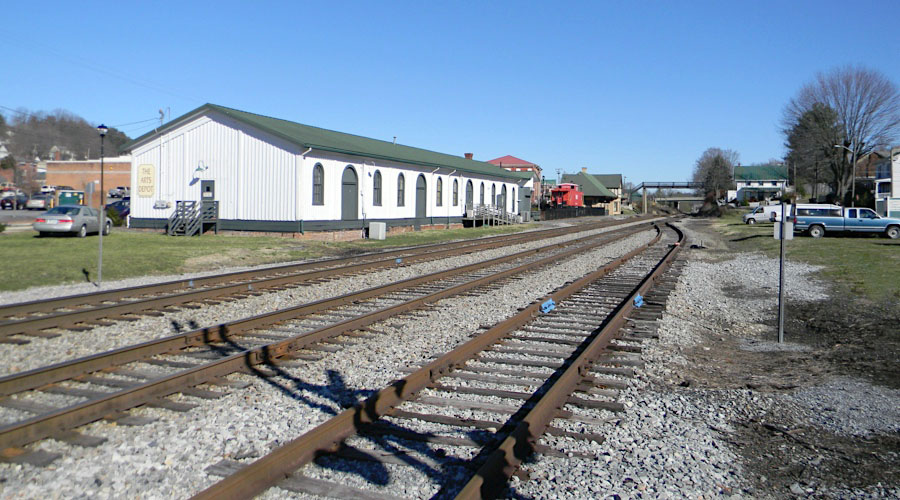
Abingdon, Va / Nov 2011 / RWH
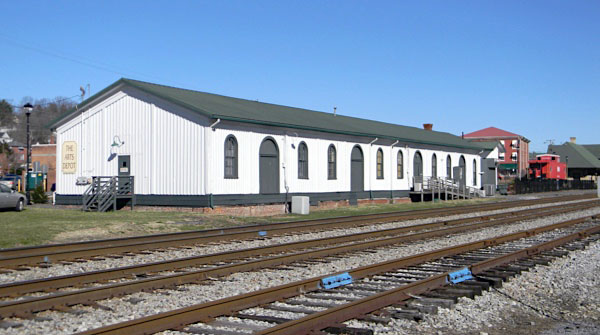
Abingdon, Va / Nov 2011 / RWH
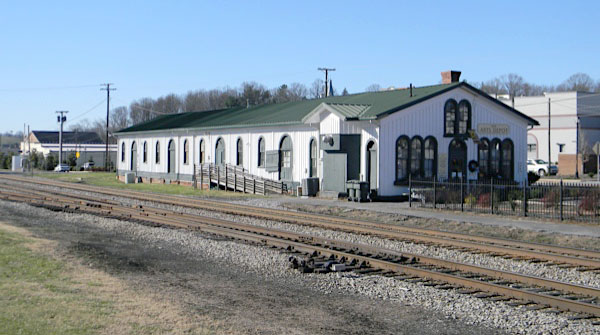
Abingdon, Va / Nov 2011 / RWH
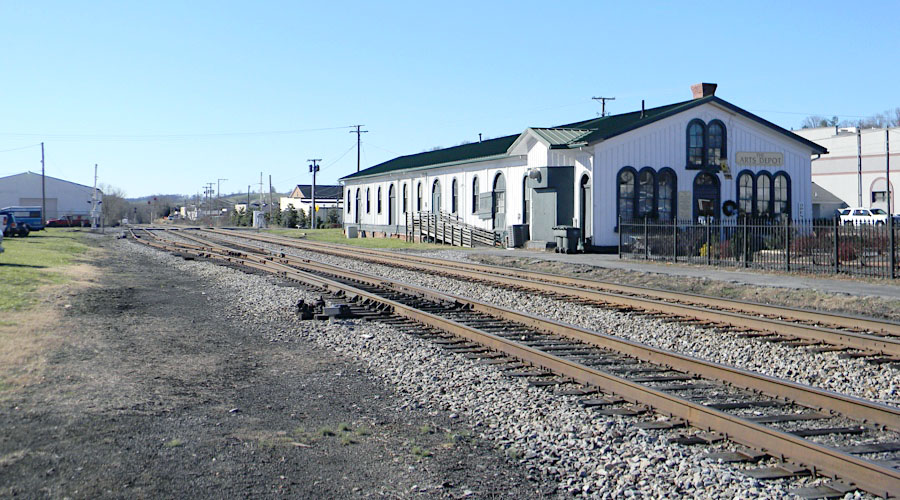
Abingdon, Va / Nov 2011 / RWH

Abingdon, Va / Dec 2015 / RWH
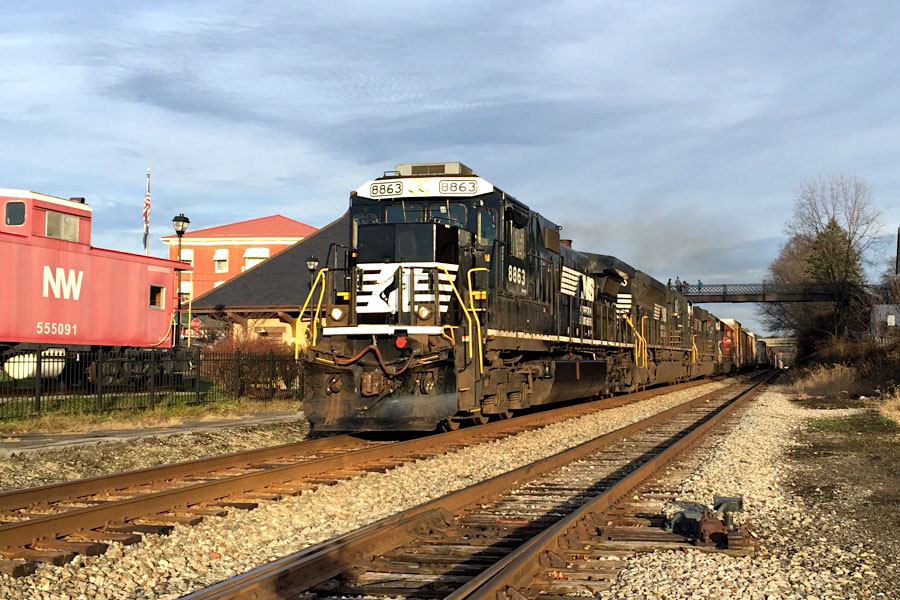
Abingdon, Va / Dec 2015 / RWH
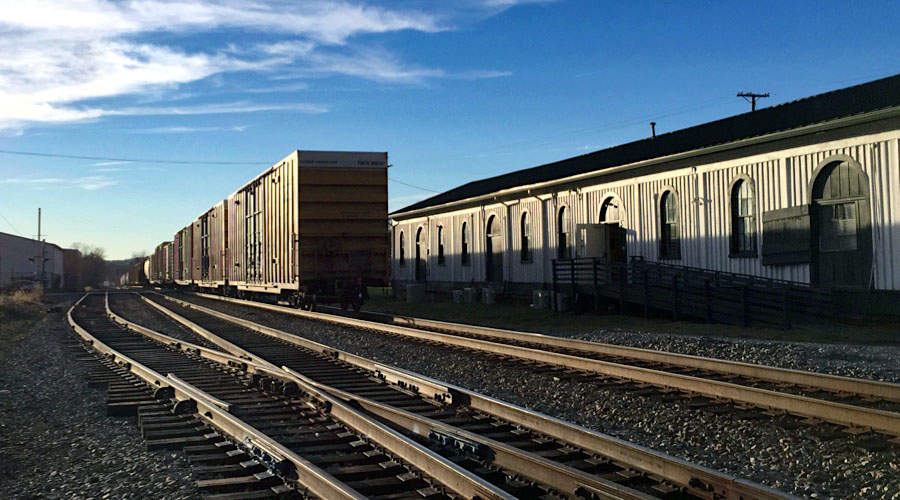
Abingdon, Va / Dec 2015 / RWH
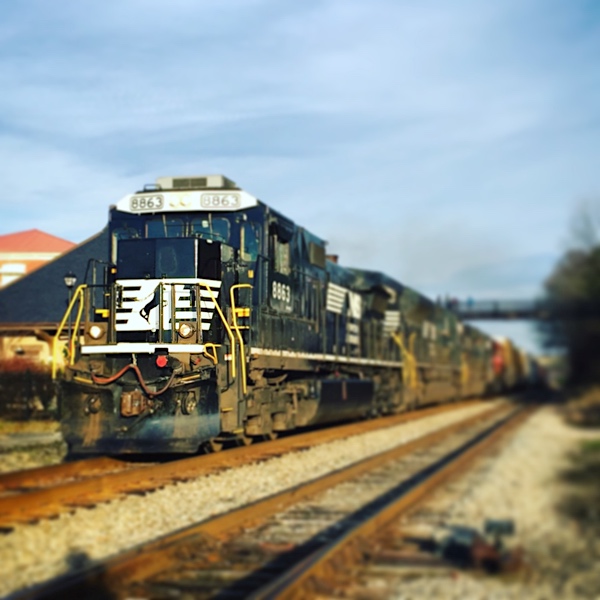
Abingdon, Va / Dec 2015 / RWH

Abingdon, Va / Dec 2015 / RWH
Abingdon, Va / Dec 2015 / RWH

See also our complete Virginia Creeper rail to trail scrapbook in Preservation
 Dublin, Va
Dublin, Va
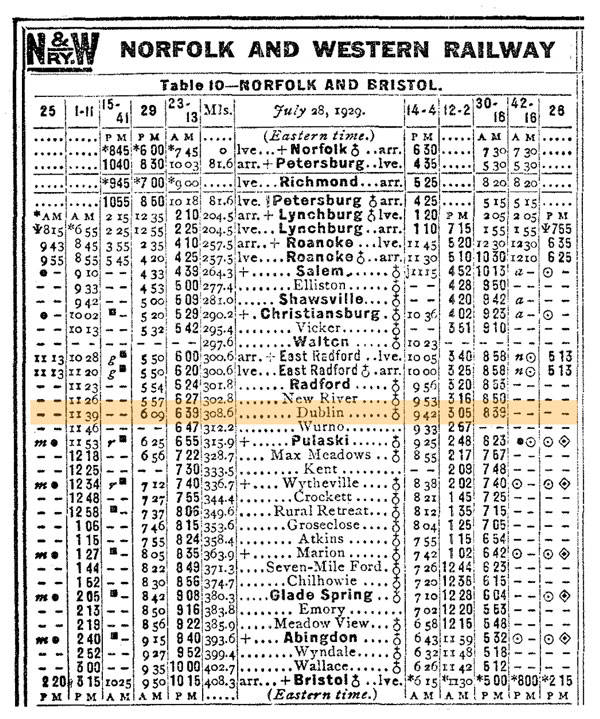
1930 Official Guide / collection
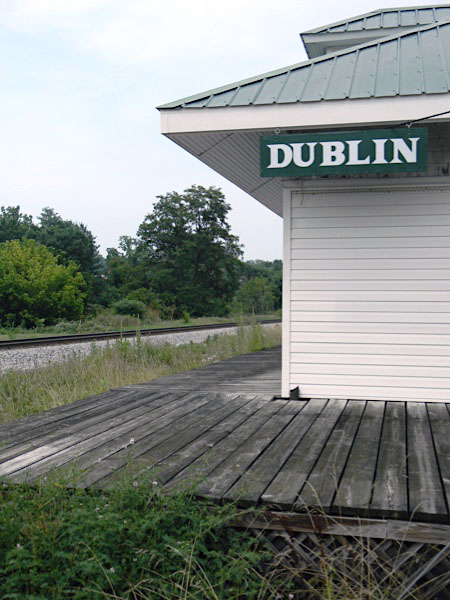
Jul 2011 / RWH
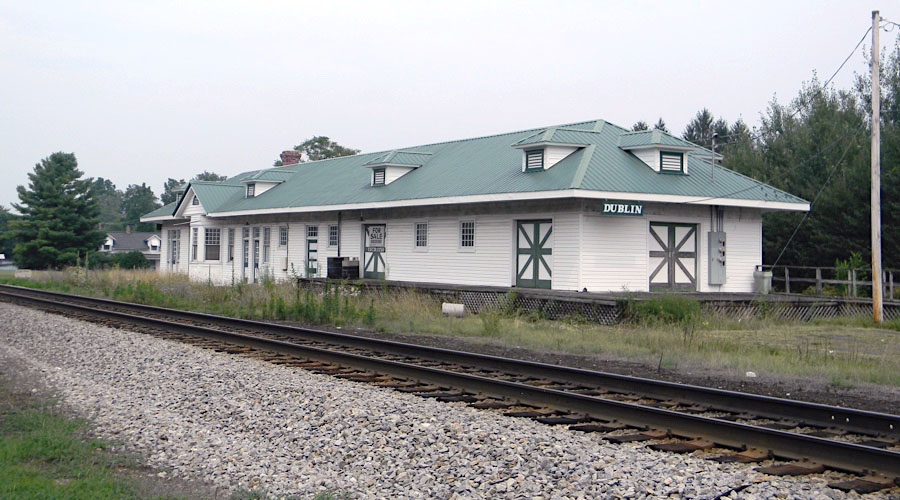
Dublin, Va / Jul 2011 / RWH

Click to see the Dublin depot plotted on a Google Maps page
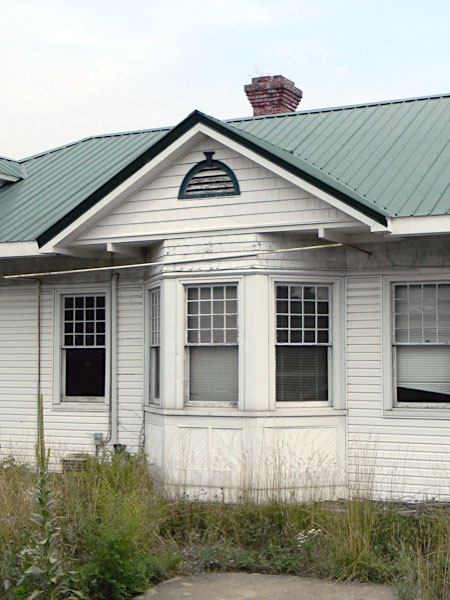
Jul 2011 / RWH

Dublin, Va / Jul 2011 / RWH
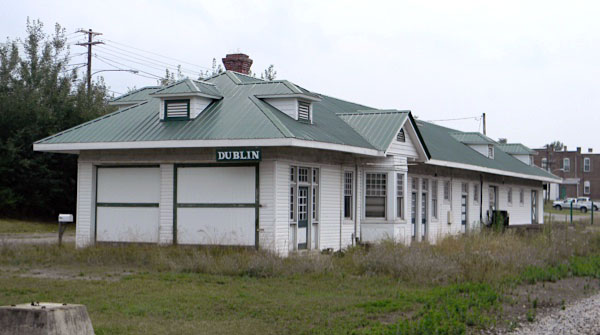
Dublin, Va / Jul 2011 / RWH
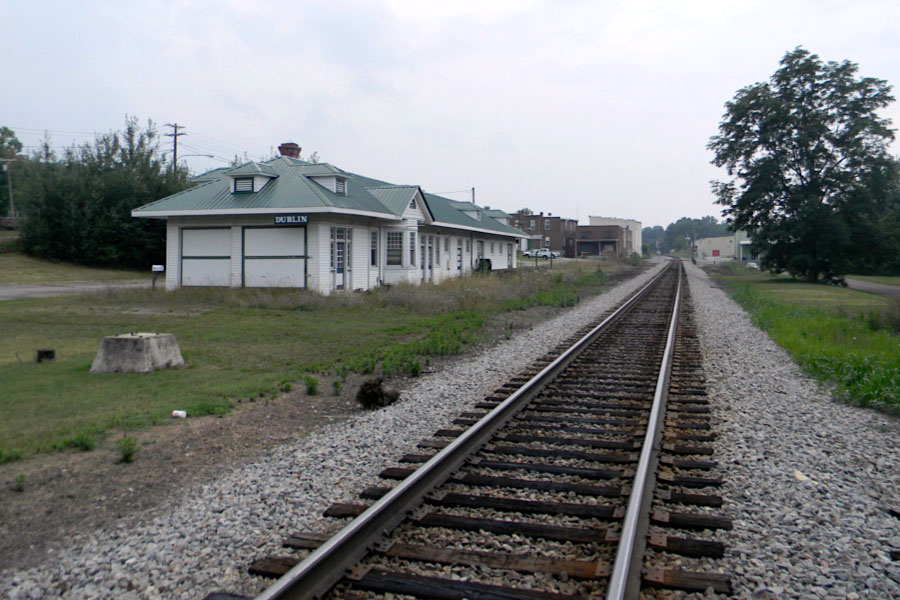
Dublin, Va / Jul 2011 / RWH
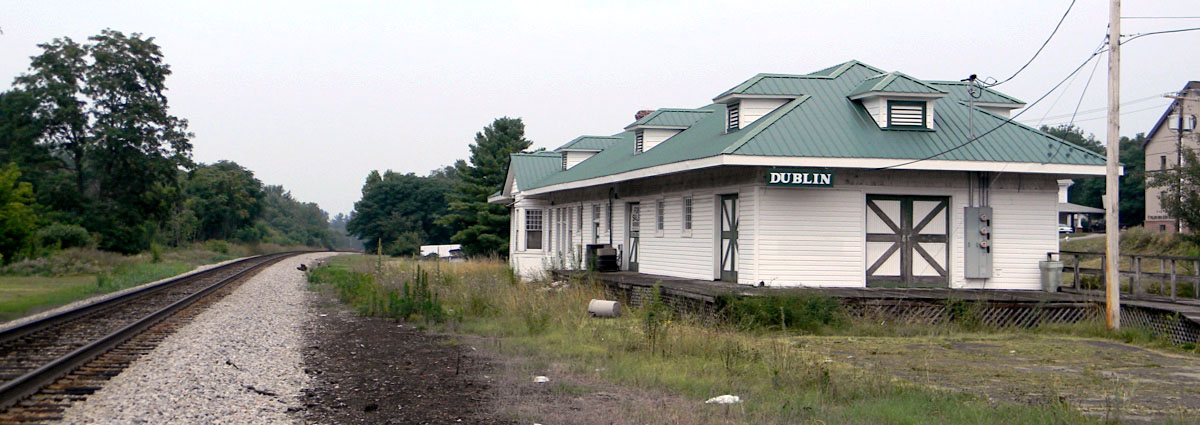
Dublin, Va / Jul 2011 / RWH
 Roanoke, Va
Roanoke, Va

postcard / Reisweber collection
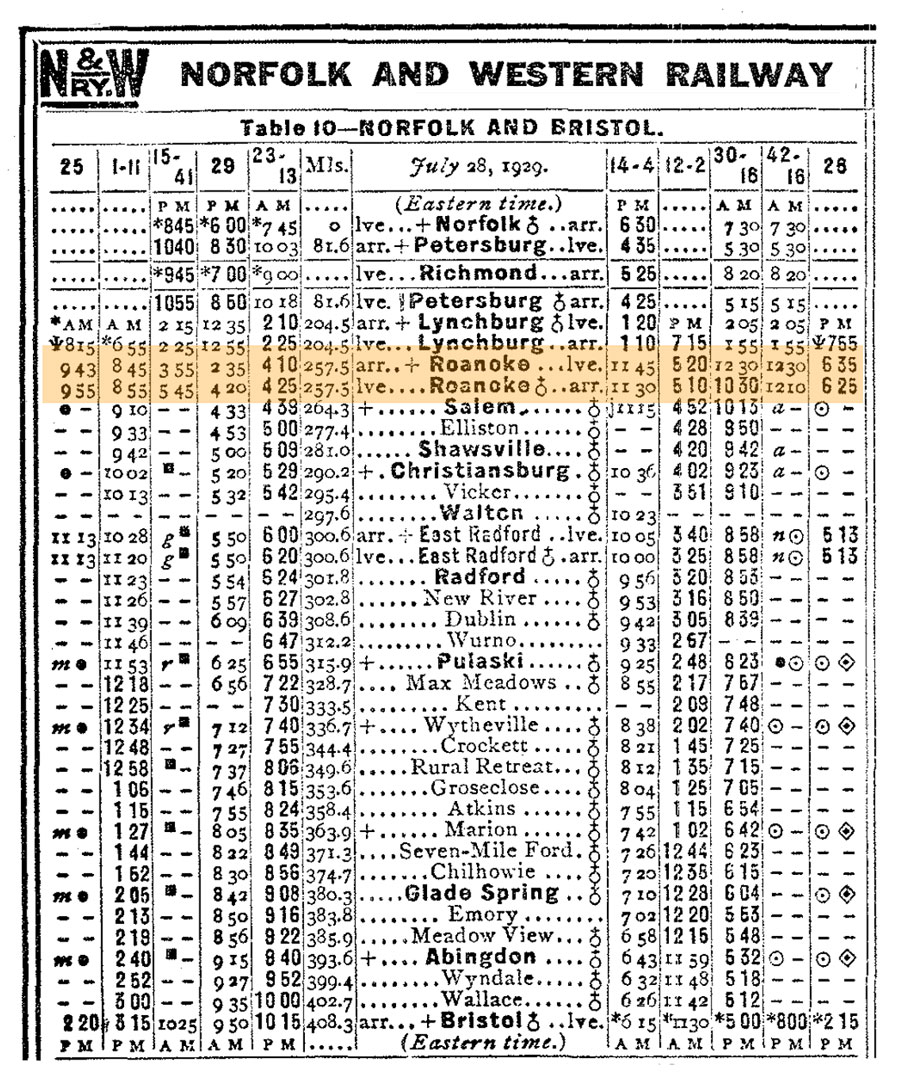
Roanoke, Va / May 2016 / RWH
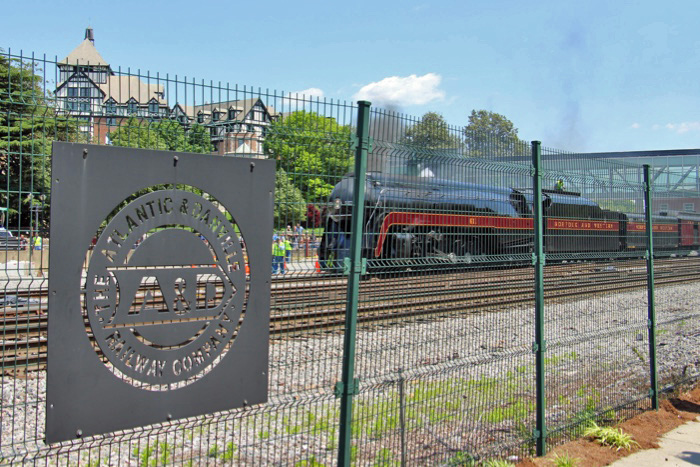
Roanoke, Va / May 2016 / RWH
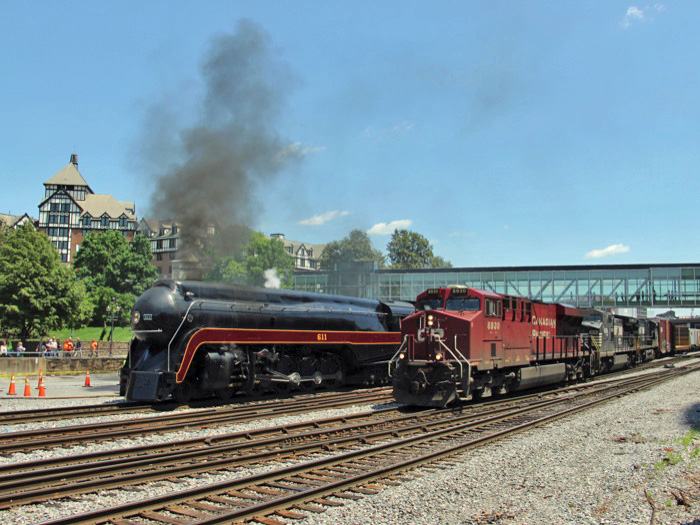
Roanoke, Va / May 2016 / RWH
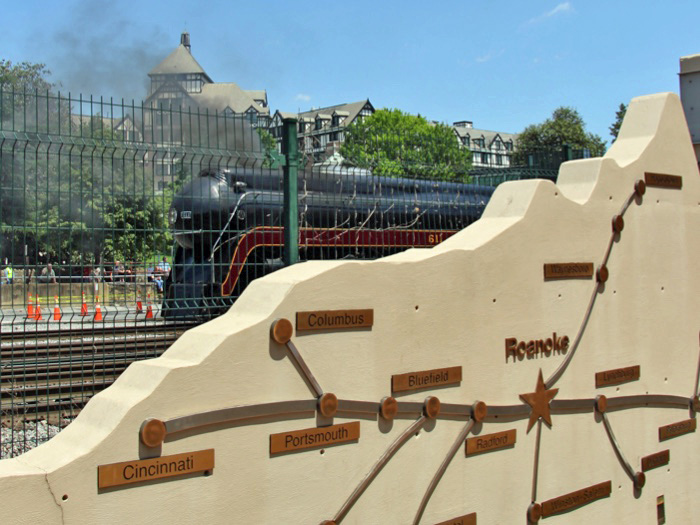
Roanoke, Va / May 2016 / RWH
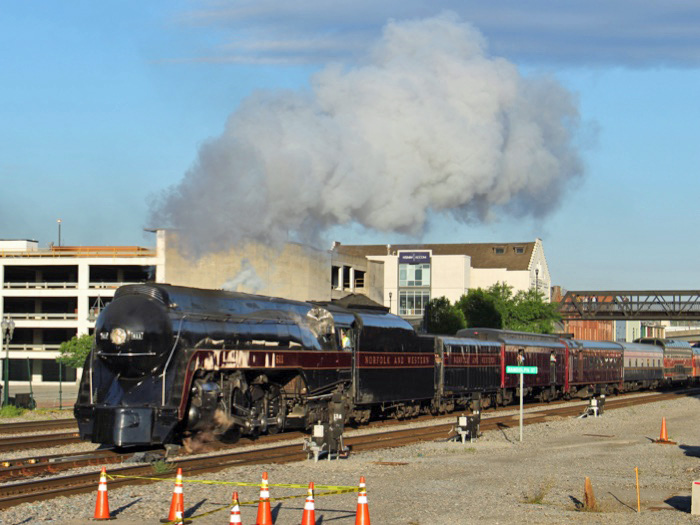
Roanoke, Va / May 2016 / RWH

postcards / Reisweber collection
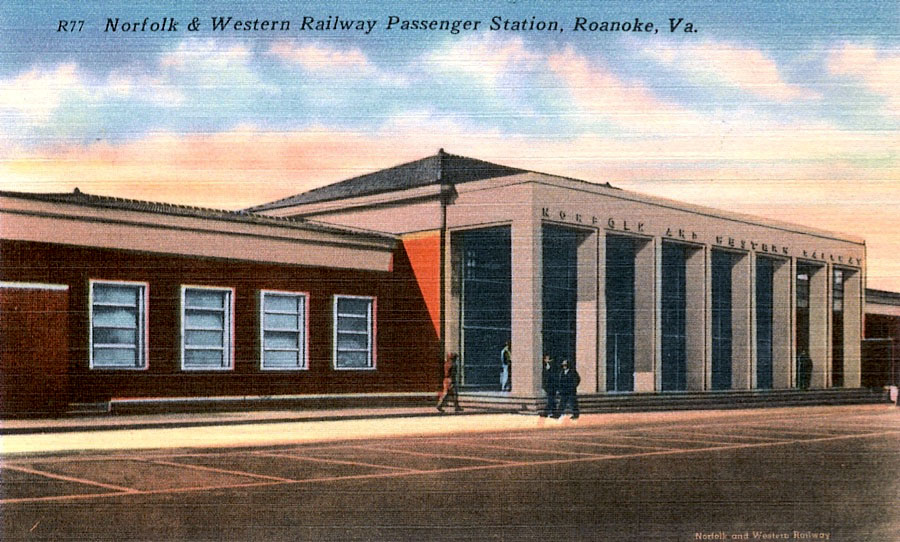

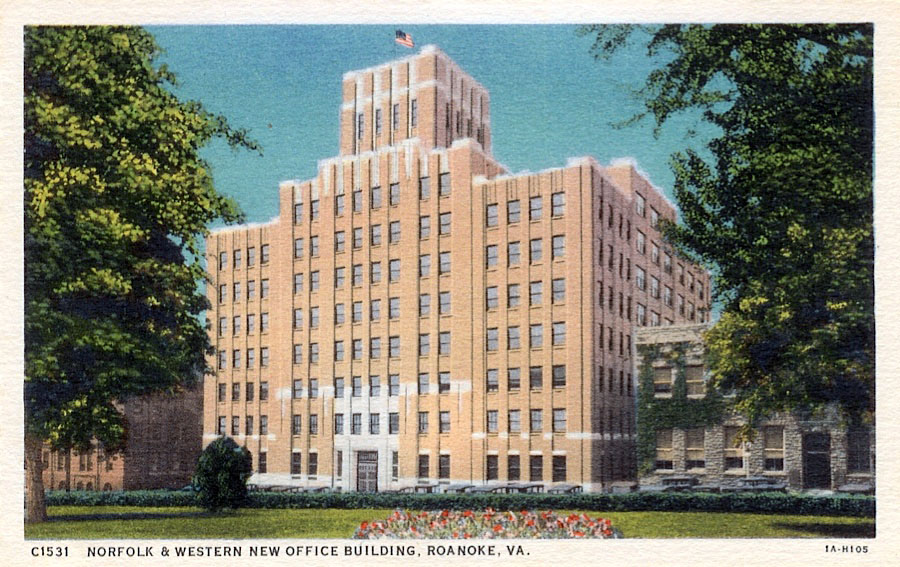
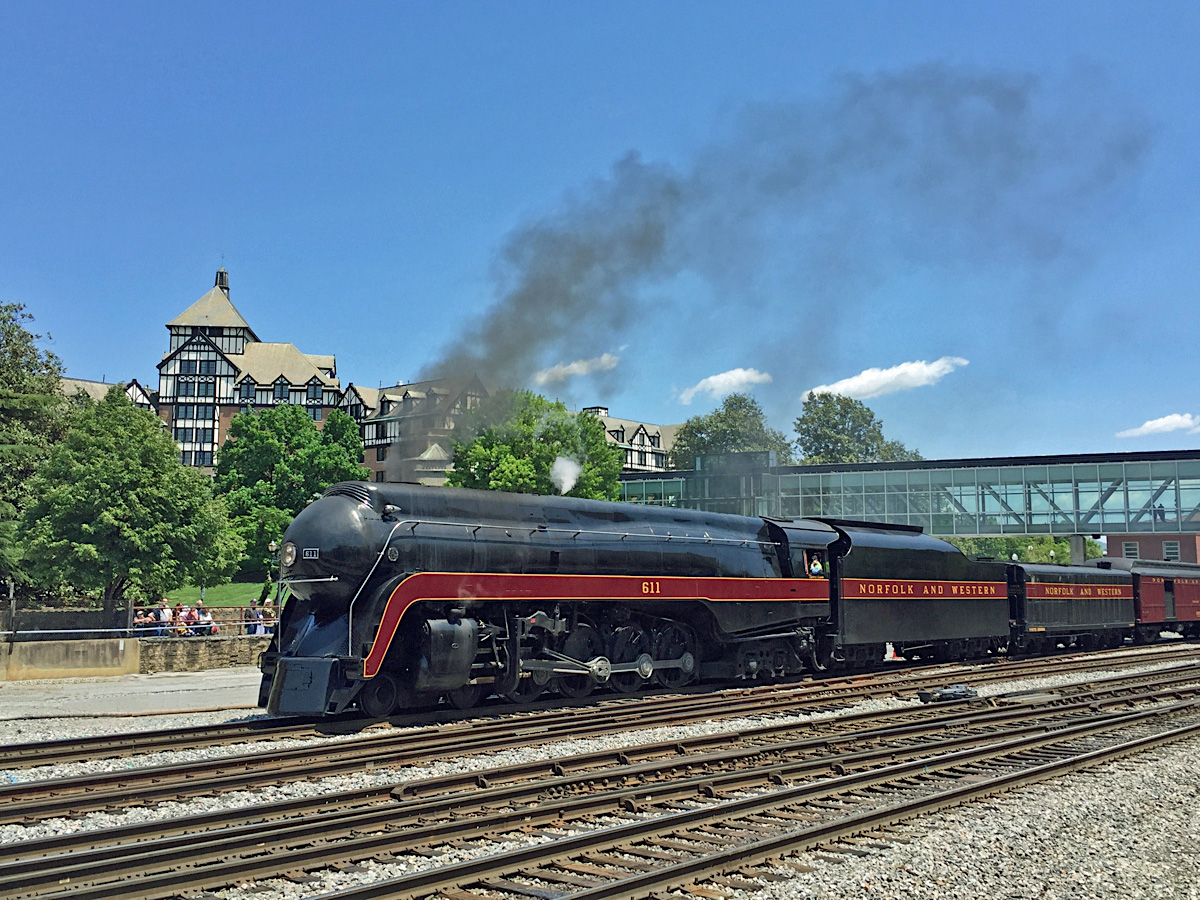
Roanoke, Va / May 2016 / RWH

Roanoke, Va / May 2016 / RWH

postcard / RWH collection
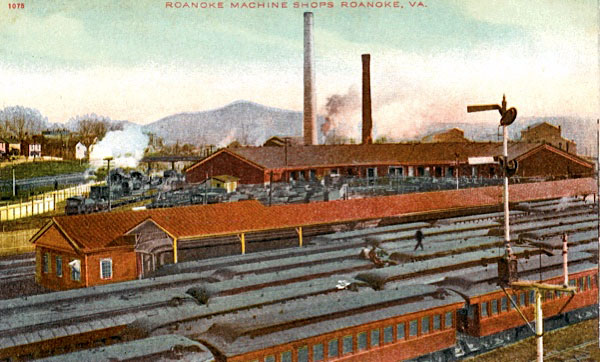
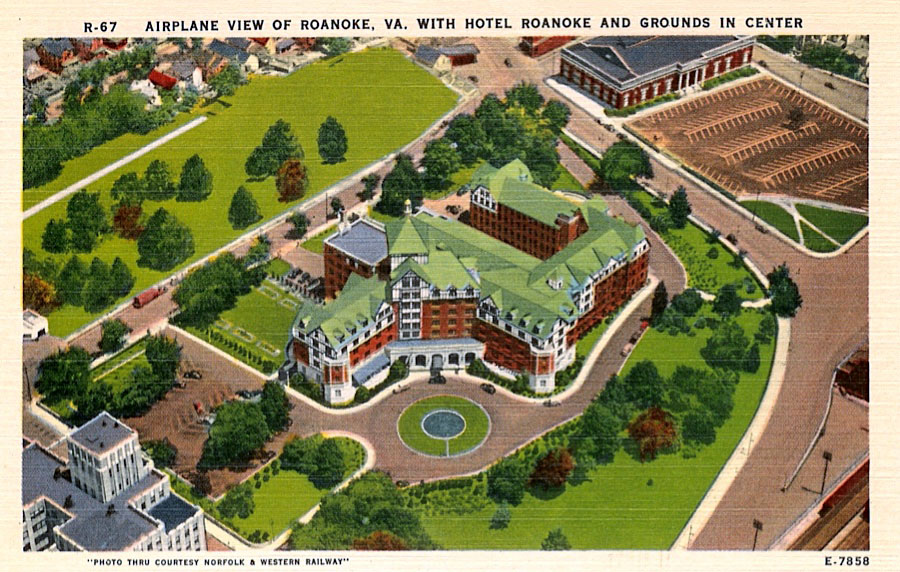
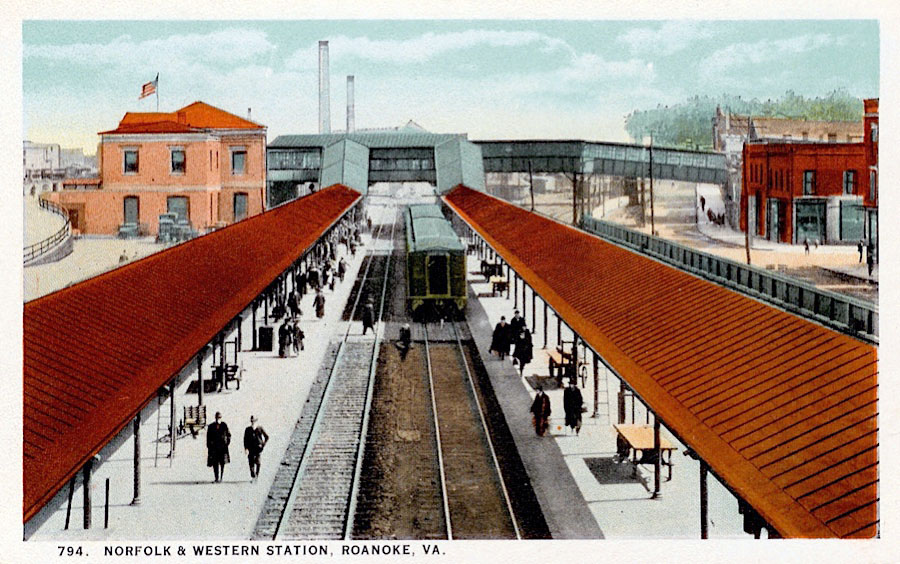


postcards / Reisweber collection

See also these related scrapbooks:
- Norfolk & Western #611 featured steamer scrapbook in Steam
- Virginia Museum of Transportation featured scrapbook in Preservation
 Postcards
Postcards
HawkinsRails thanks author Kurt Reisweber for sharing his N&W postcard collection with us



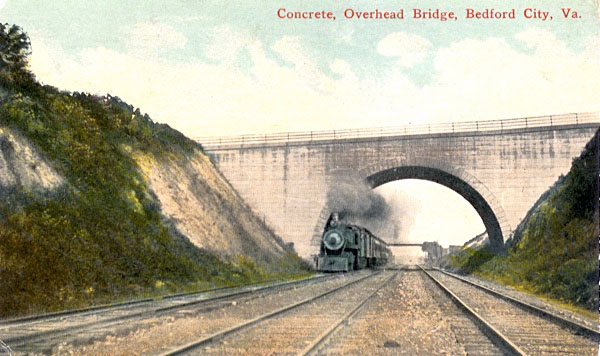
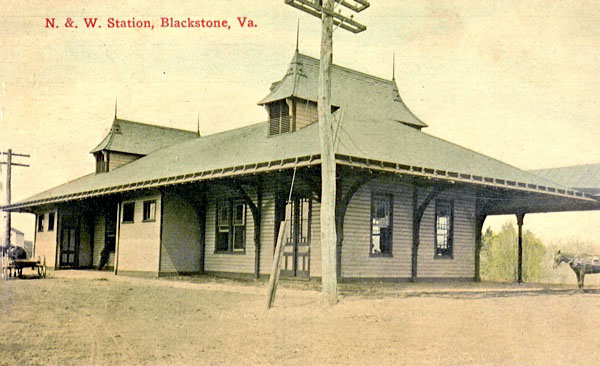
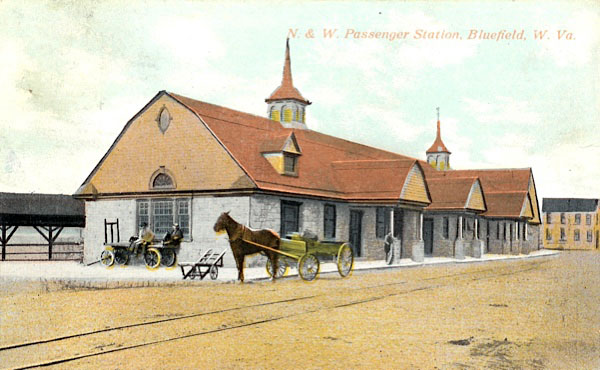
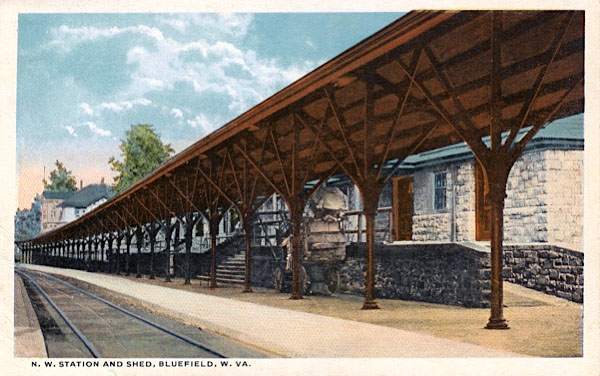
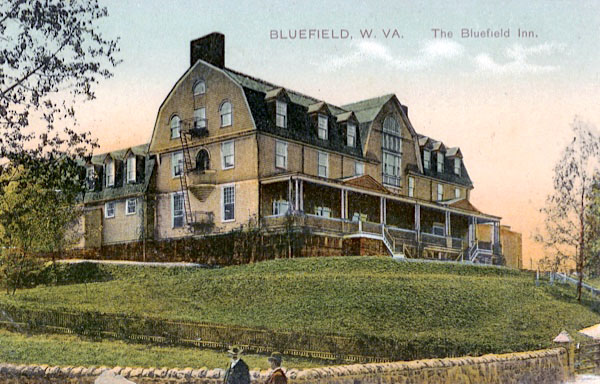
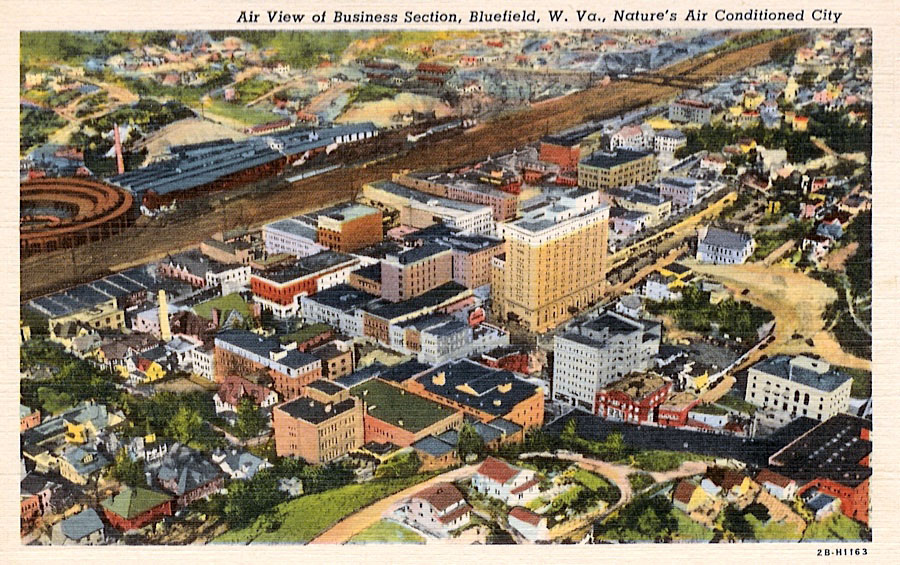
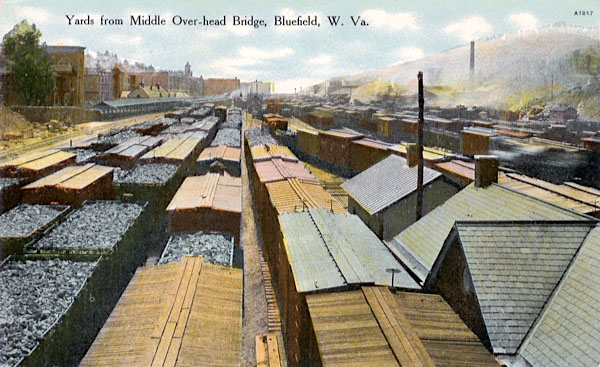
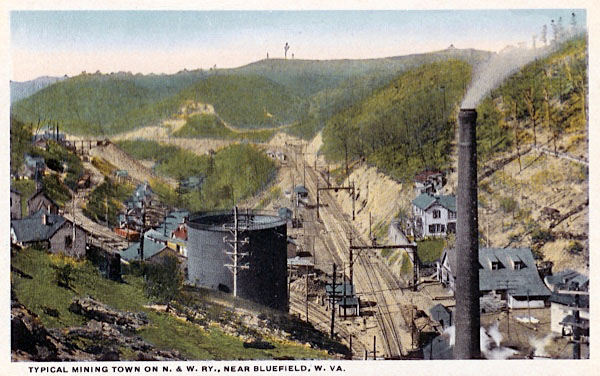


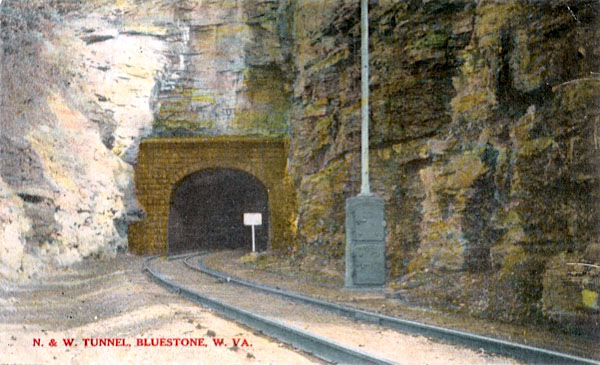
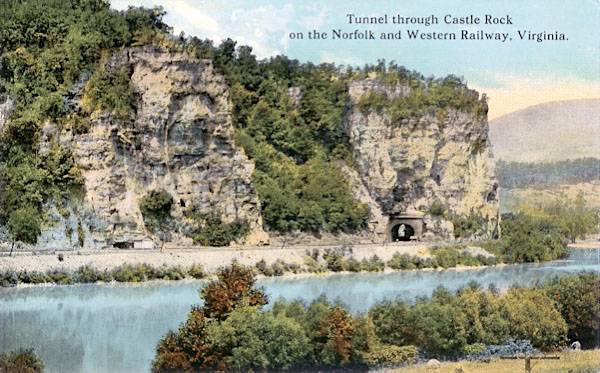
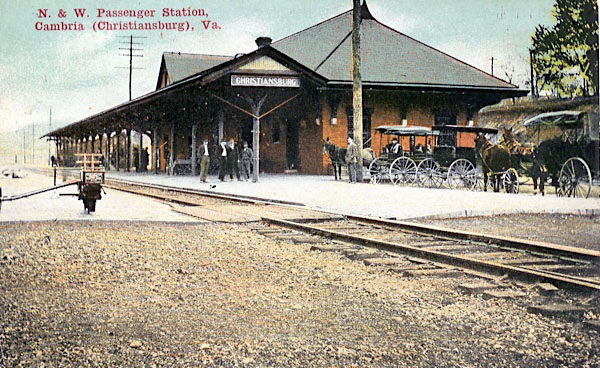
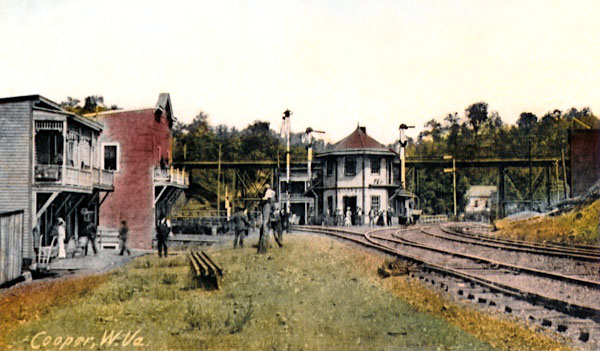
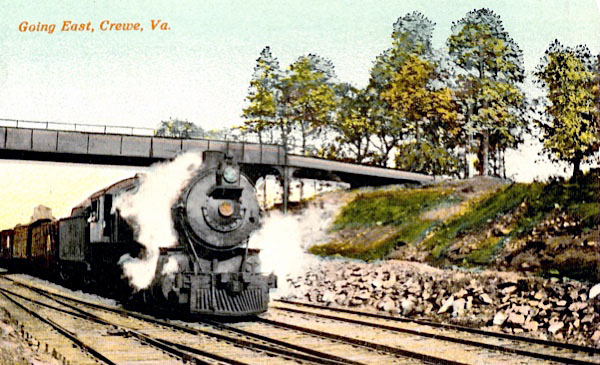
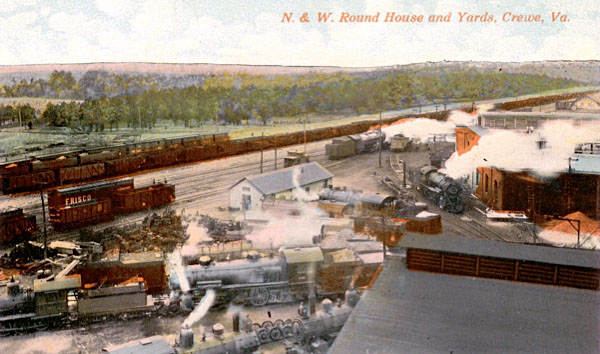

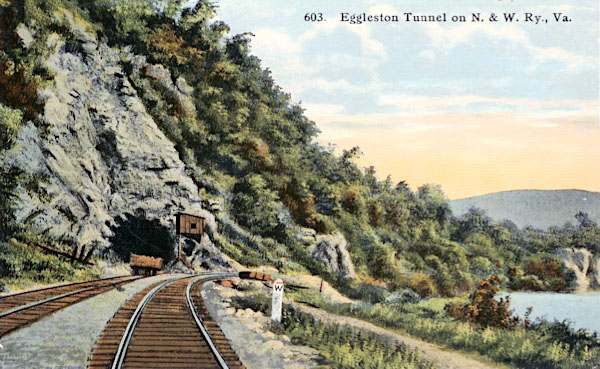
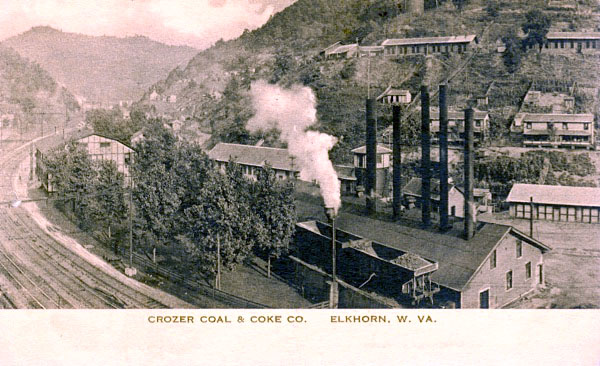
 Electrics!
Electrics!

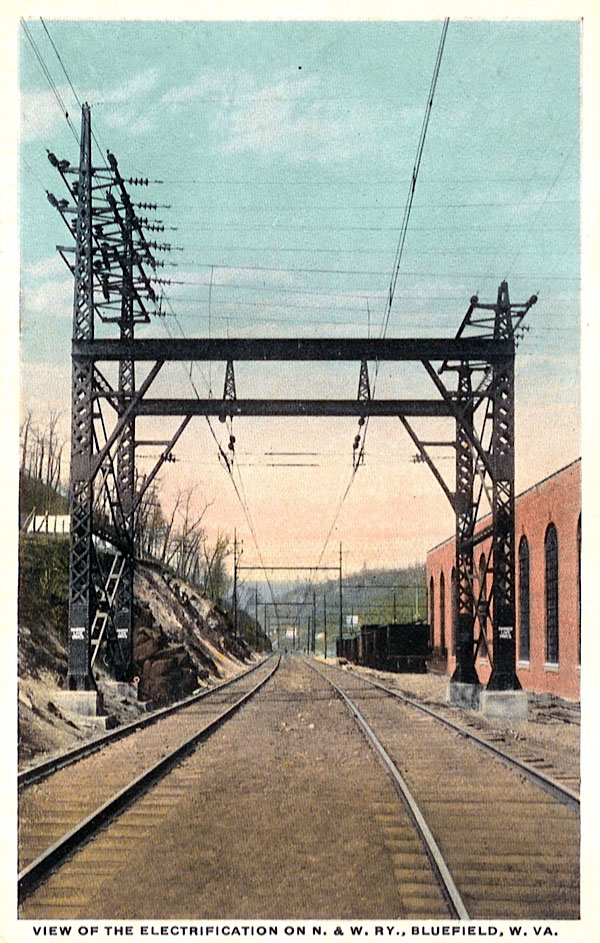
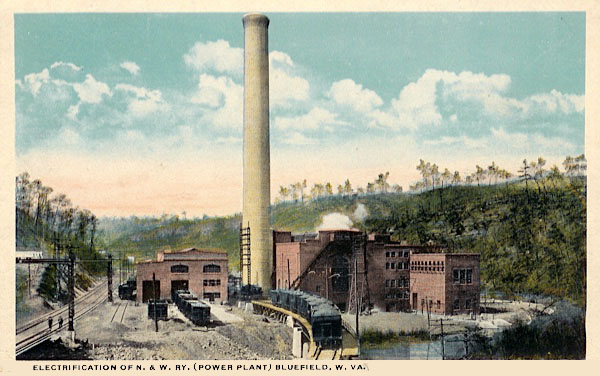
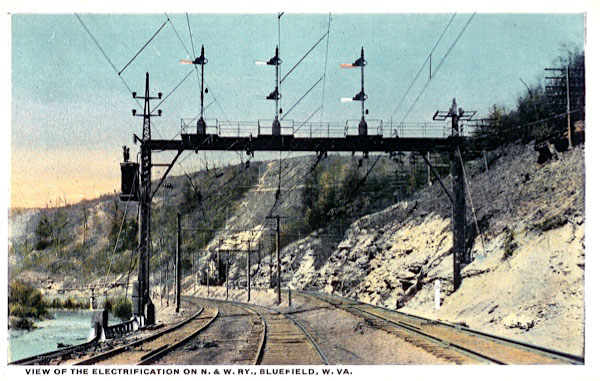
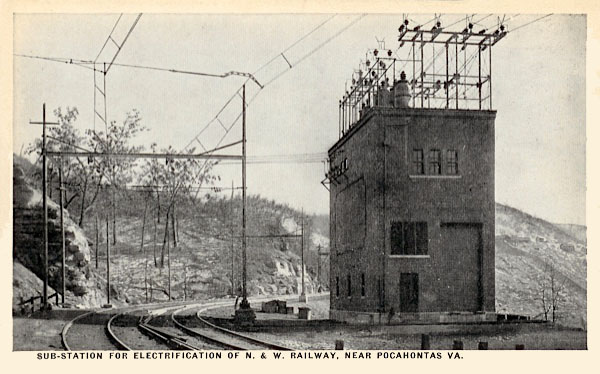
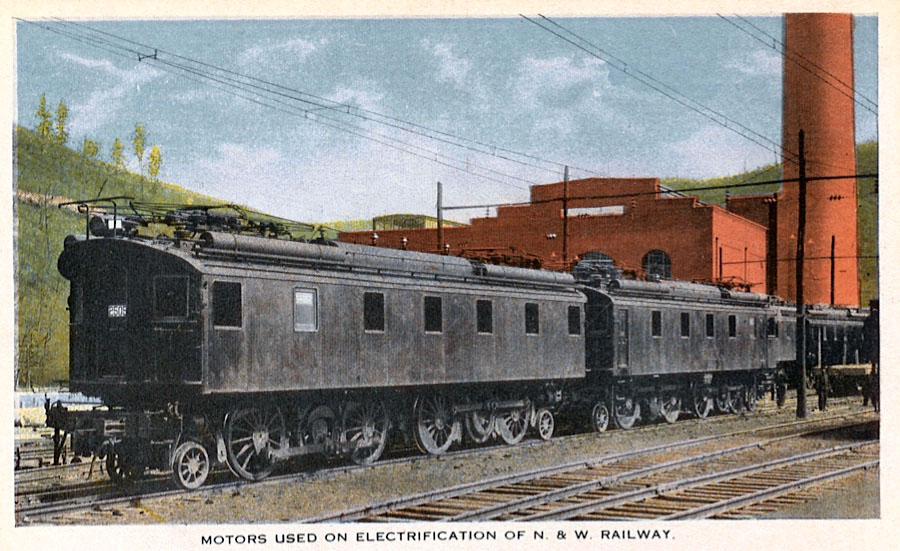
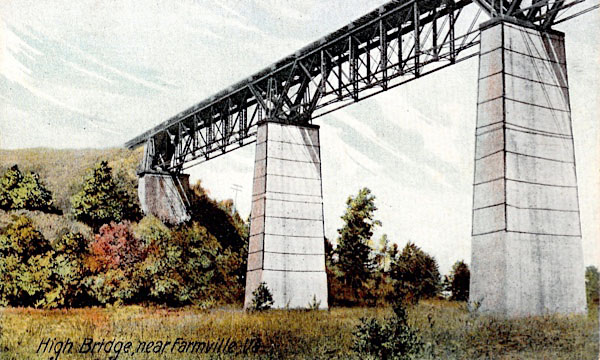
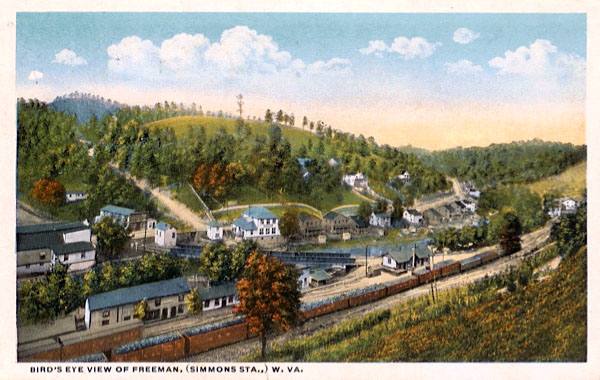
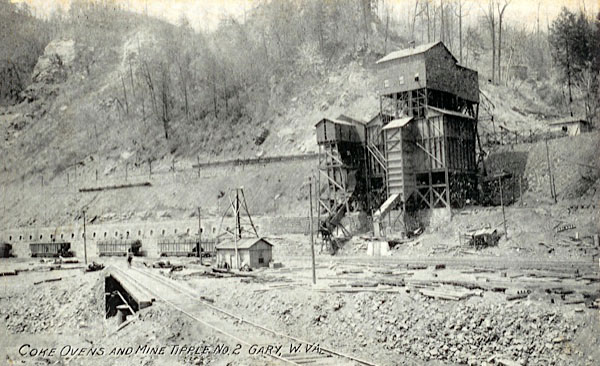
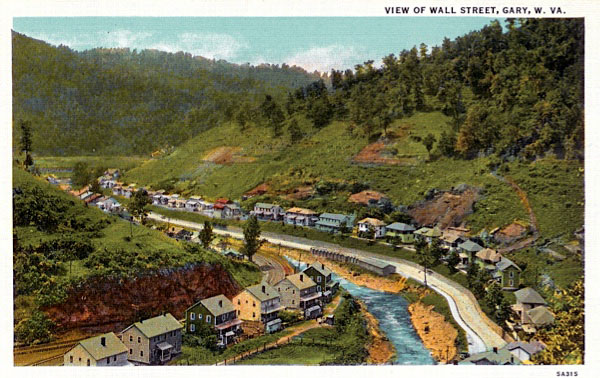
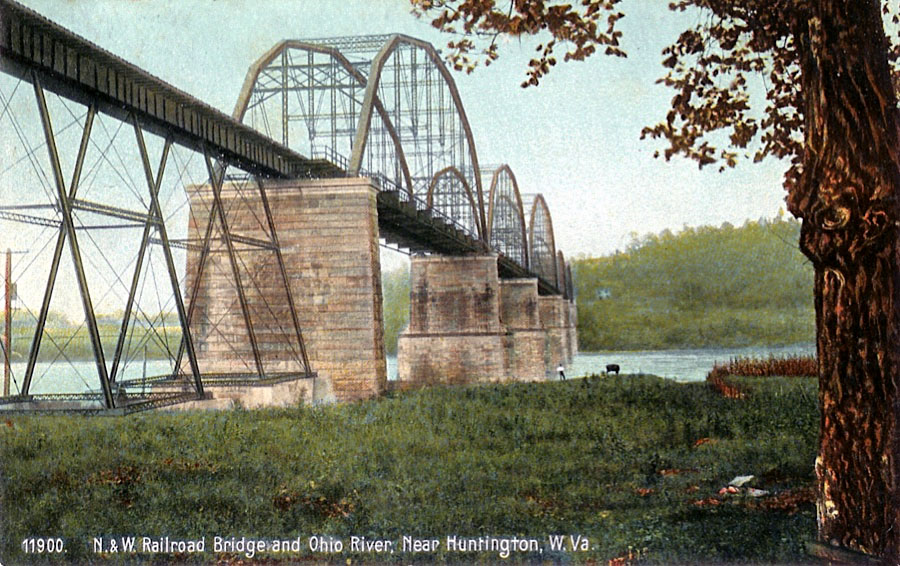
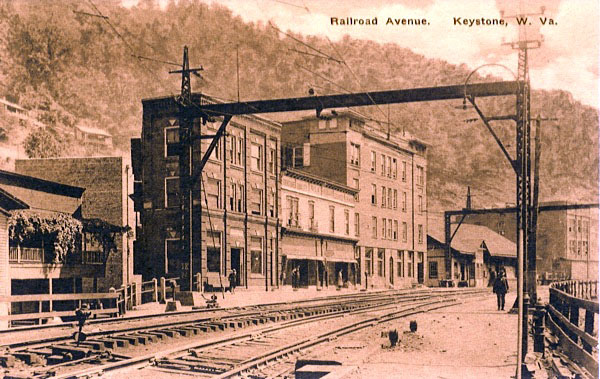
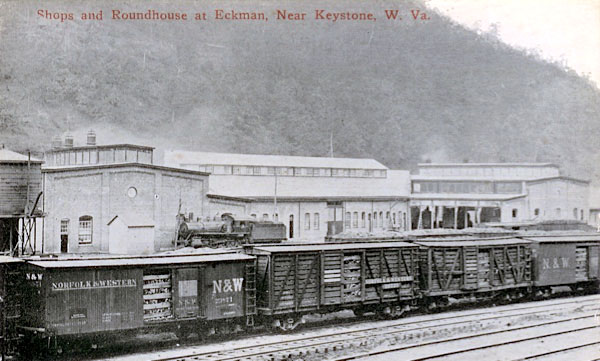
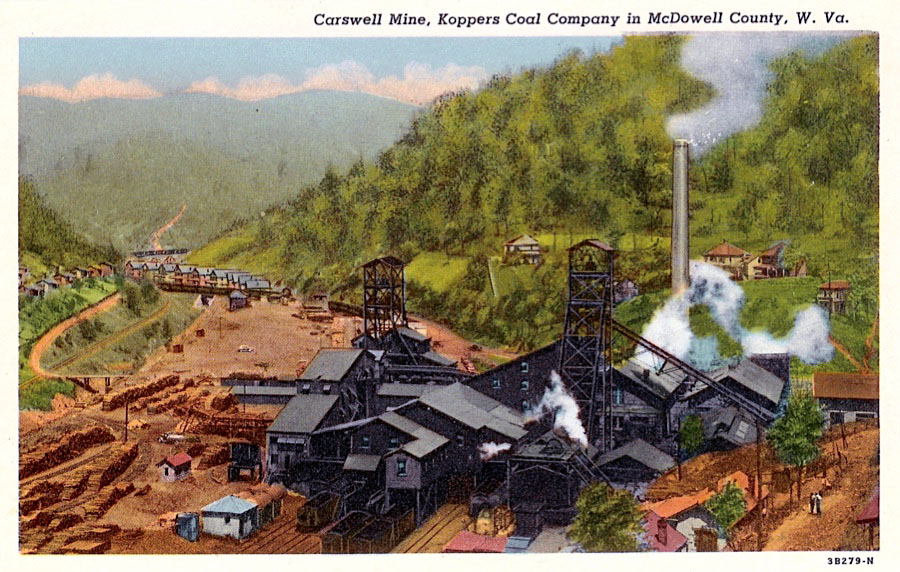
 Norfolk
Norfolk

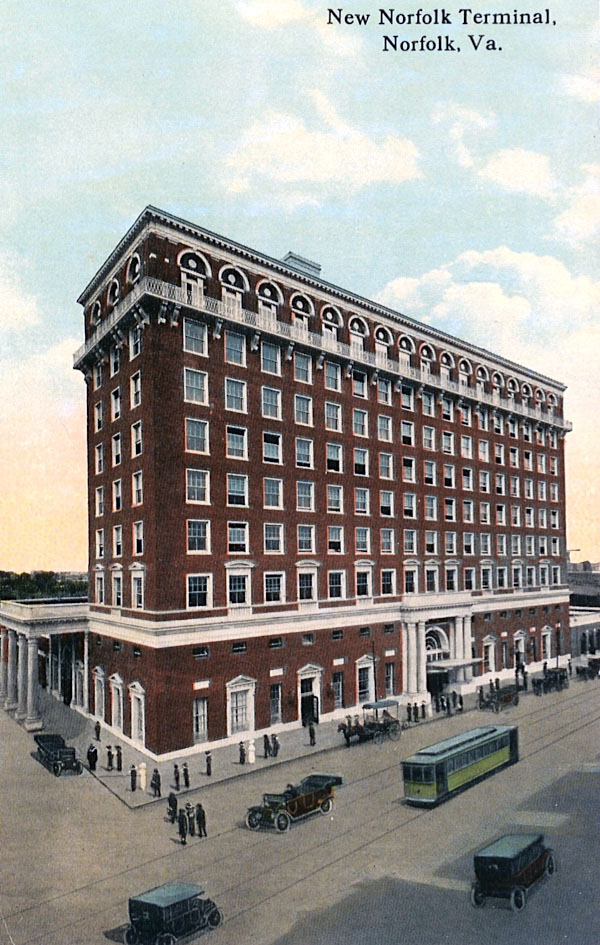
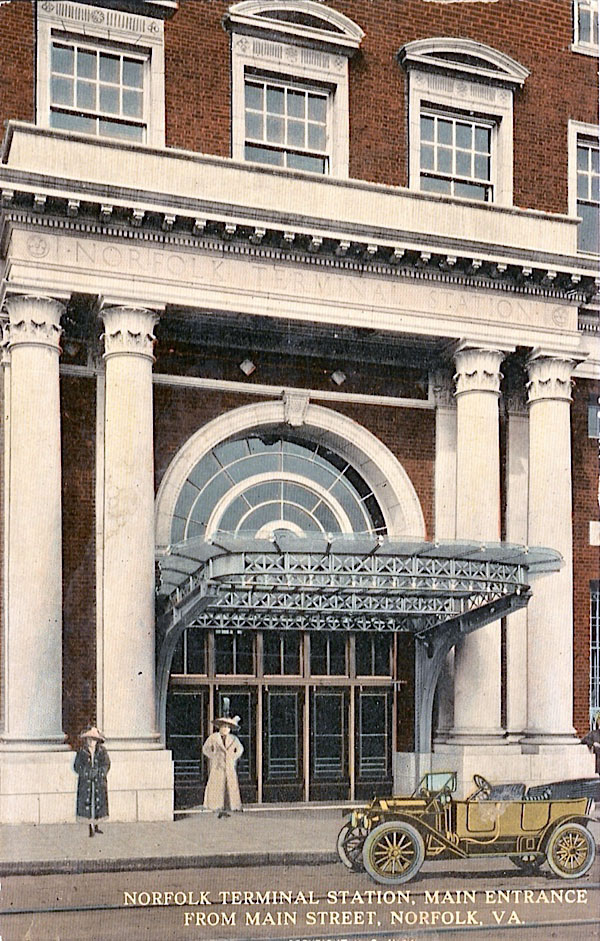
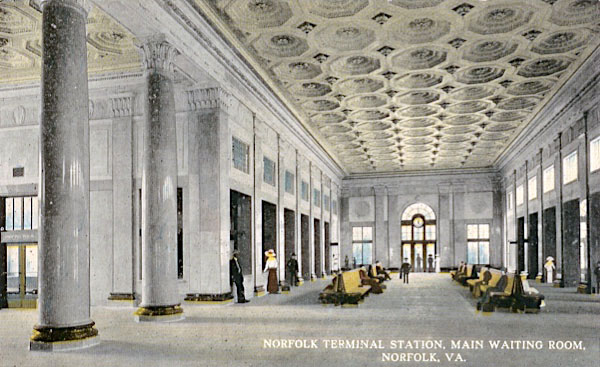

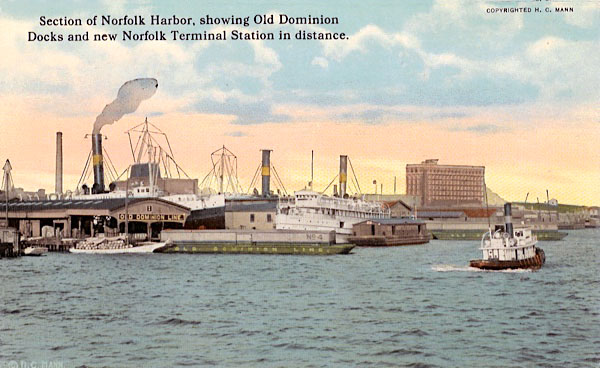
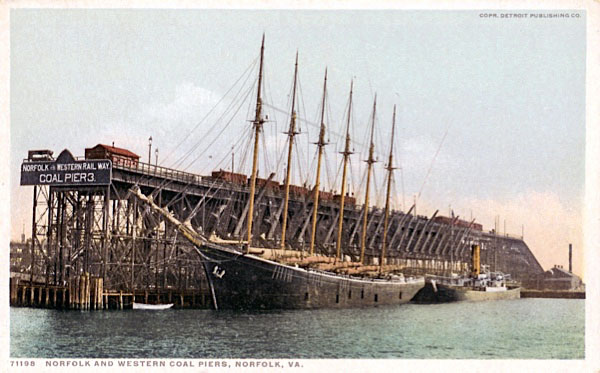
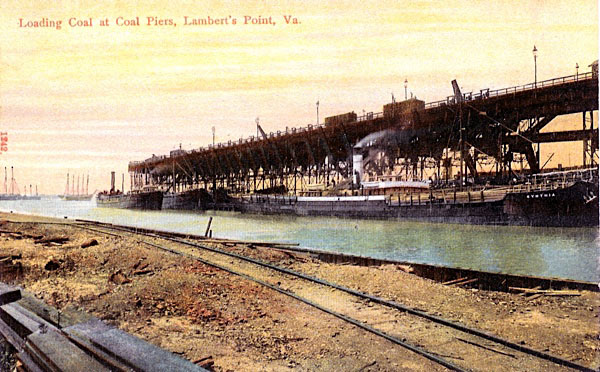
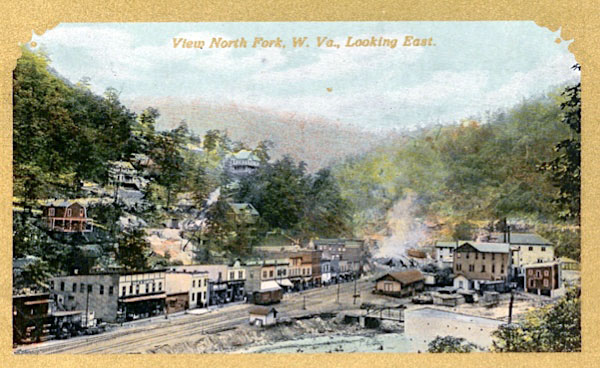

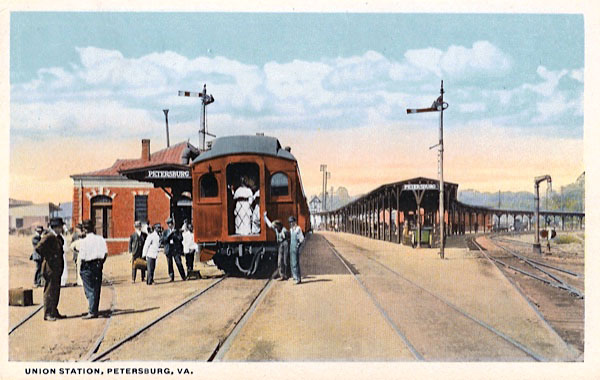
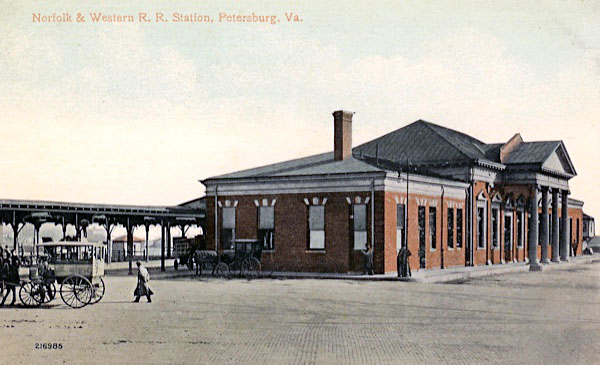
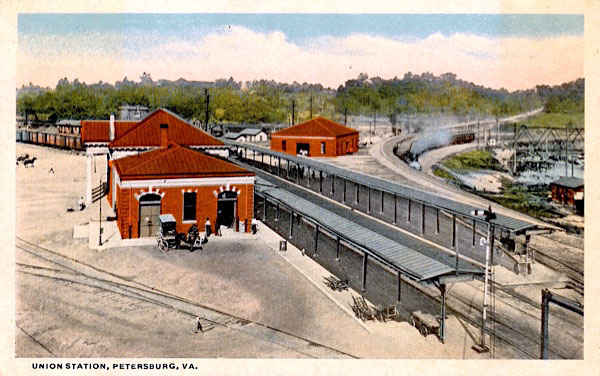
 Lynchburg
Lynchburg
